What exactly defines a “dance song”? It’s a question that opens up a world of musical possibilities. While practically any song can inspire movement, from The Beatles to Slayer, when we talk about Favorite Dance Songs, we’re often referring to something more specific: tracks deeply embedded in “dance music culture.” This culture is a vast and evolving landscape, spanning decades and continuously reinventing itself.
Our exploration of favorite dance songs begins in the mid-1970s with the rise of disco. From there, we journey into the early 1980s club scenes, encountering electro and Latin freestyle. The narrative takes a transformative turn as disco evolves into house music in Chicago and techno in Detroit. This rebirth ignites the explosive rave culture of the 1990s, birthing a multitude of genres from jungle and trance to gabba and garage. This evolution continues into the 2000s with the EDM and dubstep phenomena. While these genres have had their moments in the spotlight, they never truly disappear. Drum ‘n’ bass is experiencing a resurgence, and recent house tracks still resonate today.
This exploration of favorite dance songs doesn’t aim to cover every nuance within this vast ocean of subgenres. Instead, we focus on tracks that possess a timeless quality, songs that feel universally significant. We pay particular attention to moments where dance music intersects with the broader musical landscape – connections with synth-pop, hip-hop, funk, Miami bass, R&B, indie-rock, Latin music, and pop. This is why you’ll find artists like Prince, Robyn, Britney Spears, and Shakira alongside pioneers like Adonis, Frankie Knuckles, Moodymann, Goldie, and SOPHIE in discussions about favorite dance songs.
If you’ve ever wondered how we arrived at a point where major artists like Drake and Beyoncé are releasing house-inspired records, this journey through favorite dance songs provides context. It’s our perspective on the story of dance music – a story of constant innovation and enduring appeal.
Donna Summer, ‘Last Dance’ (1979)
Thank God It’s Friday, as a film, might be seen as a lengthy advertisement for Casablanca Records, a major disco label, perhaps signaling disco’s peak. However, “Last Dance” stands apart, rightfully earning an Oscar for Best Original Song. It begins at a ballad tempo, then transitions into a captivating disco rhythm. Bob Esty, Casablanca’s producer, was the mastermind behind this tempo shift, a key element in making this one of the favorite dance songs of the era.
Fatboy Slim, ‘The Rockafeller Skank’ (1998)
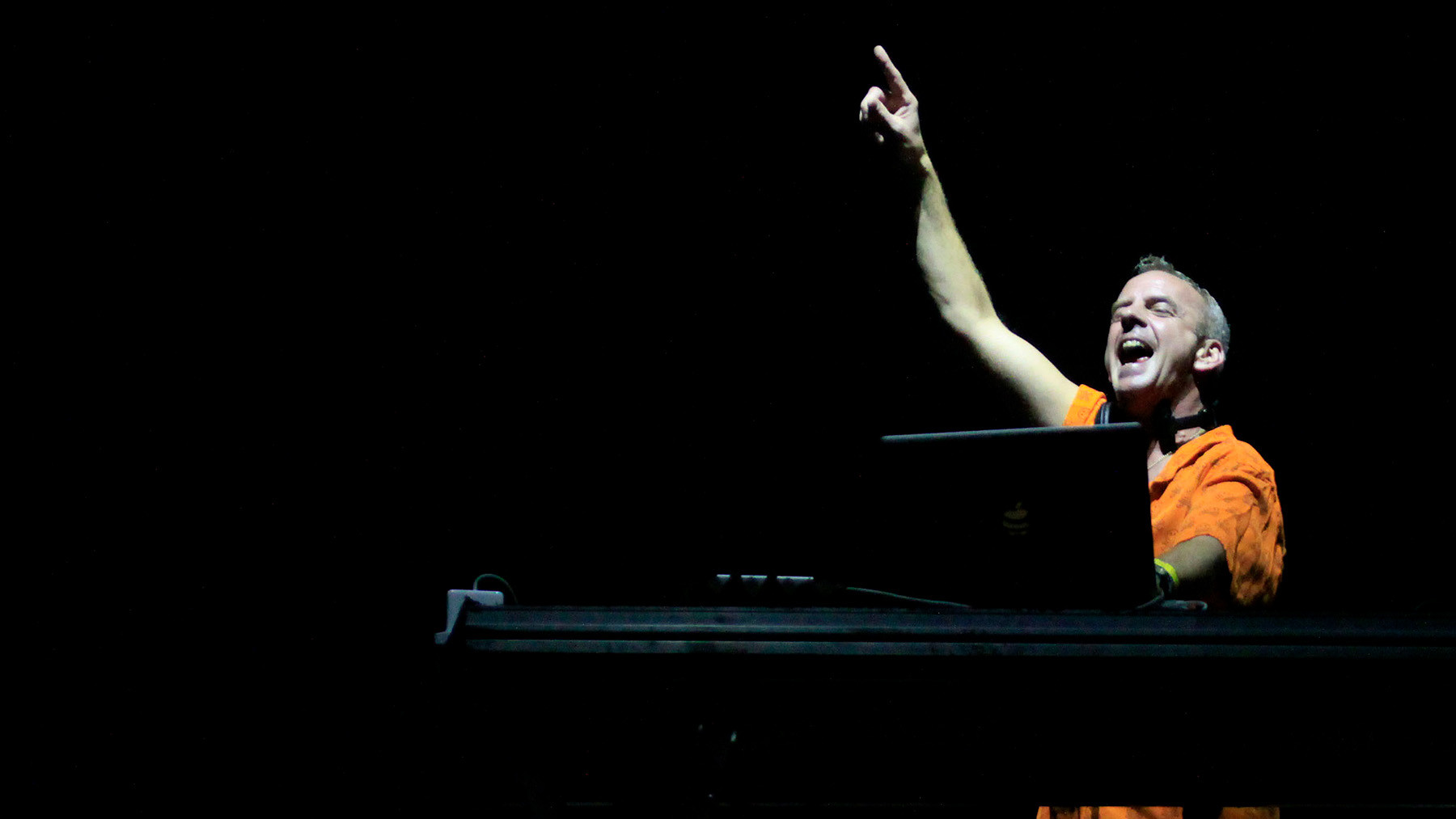 British DJ Fatboy Slim performing a concert at the Pop Music Festival in Brazil, 2011
British DJ Fatboy Slim performing a concert at the Pop Music Festival in Brazil, 2011
Norman Cook, also known as Fatboy Slim, described his biggest hit, “The Rockafeller Skank,” as “funny.” He recounted the first time playing it at a Brighton club: “everybody just looked up, mouthing, ‘This is you, isn’t it?’” Cook’s signature formula of breakbeats and guitar riffs was at its most effective here. “Skank,” with its surf-rock guitar and Lord Finesse vocal sample (“Right about now, the funk soul brother/Check it out now, the funk soul brother”), quickly became ubiquitous, cementing its place as a favorite dance song. Cook humorously noted, “There was lots of jokes about ‘Frat-Boy Slim,’ I suppose ‘Rockafeller Skank’ became an anthem for that sort of beer-boyish mentality.”
Mescalinum United, ‘We Have Arrived’ (1991)
Gabber, techno’s hard-edged counterpart, means “buddy” in Dutch, reflecting its strong following in the Netherlands. Marc Acardipane, known under around 90 aliases, is considered gabber’s primary creator. His early track, “We Have Arrived,” released under the name Mescalinum United, remains impactful. Built upon powerful drums and piercing air-raid siren sounds, it became a foundational record for the gabber genre. At Brooklyn raves, where DJ Lenny Dee, who released the track in America, played, crowds would enthusiastically mosh to this raw and energetic favorite dance song.
Oliver Heldens, ‘Melody’ (2016)
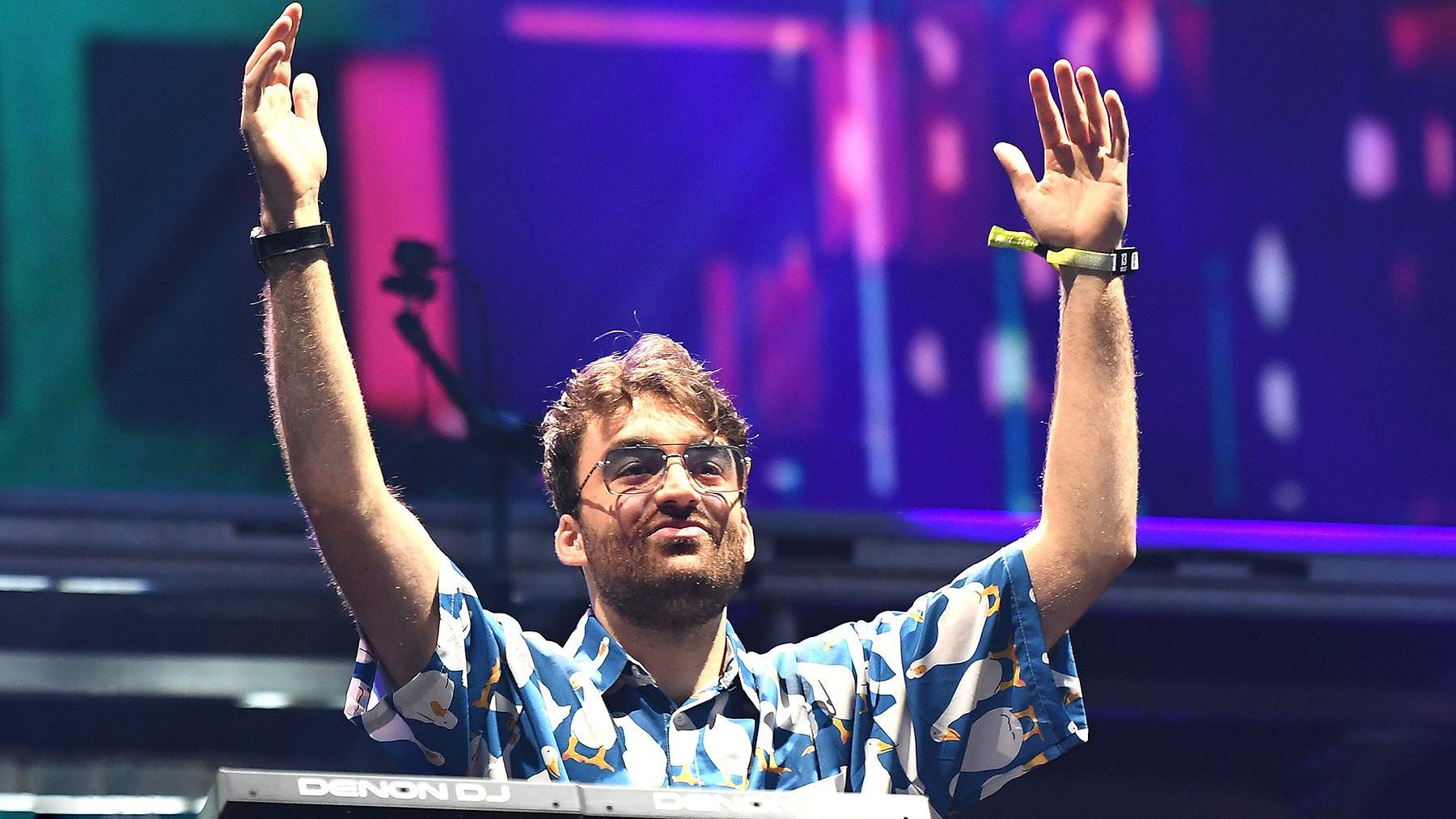 Oliver Heldens performing at a music festival
Oliver Heldens performing at a music festival
By the mid-2010s, even mainstream festival DJs were seeking alternatives to the predictable build-and-drop structures that dominated dance music. Oliver Heldens’ “Melody” marked a significant shift. Dutch producer Oliver Heldens was only 18 when he released “Melody,” yet its sweeping string arrangements and uplifting piano melody possessed a sophisticated dance-music classicism. While maintaining a strong bassline, “Melody” ushered in a more refined era, becoming a favorite dance song for those seeking a more nuanced sound.
Kerri Chandler, ‘Rain’ (1998)
Kerri Chandler, a house producer from New Jersey, has become a major influence on younger DJs and producers, not just for his soulful tracks. “I never considered myself a singer,” he stated in 2014. “I feel I’m more of a vocalist. I write my life’s story and let it out through the music.” His emotional depth is evident in “Rain.” Chandler’s vocal performance, with each line punctuated by the word “rain,” (“Never knew you could be this way — rain”), conveys a sense of vulnerability. Yet, the music itself, particularly the playful xylophone solo, is more teasing than melancholic, creating a uniquely bittersweet favorite dance song.
Detroit Grand Pubahs, ‘Sandwiches’ (2000)
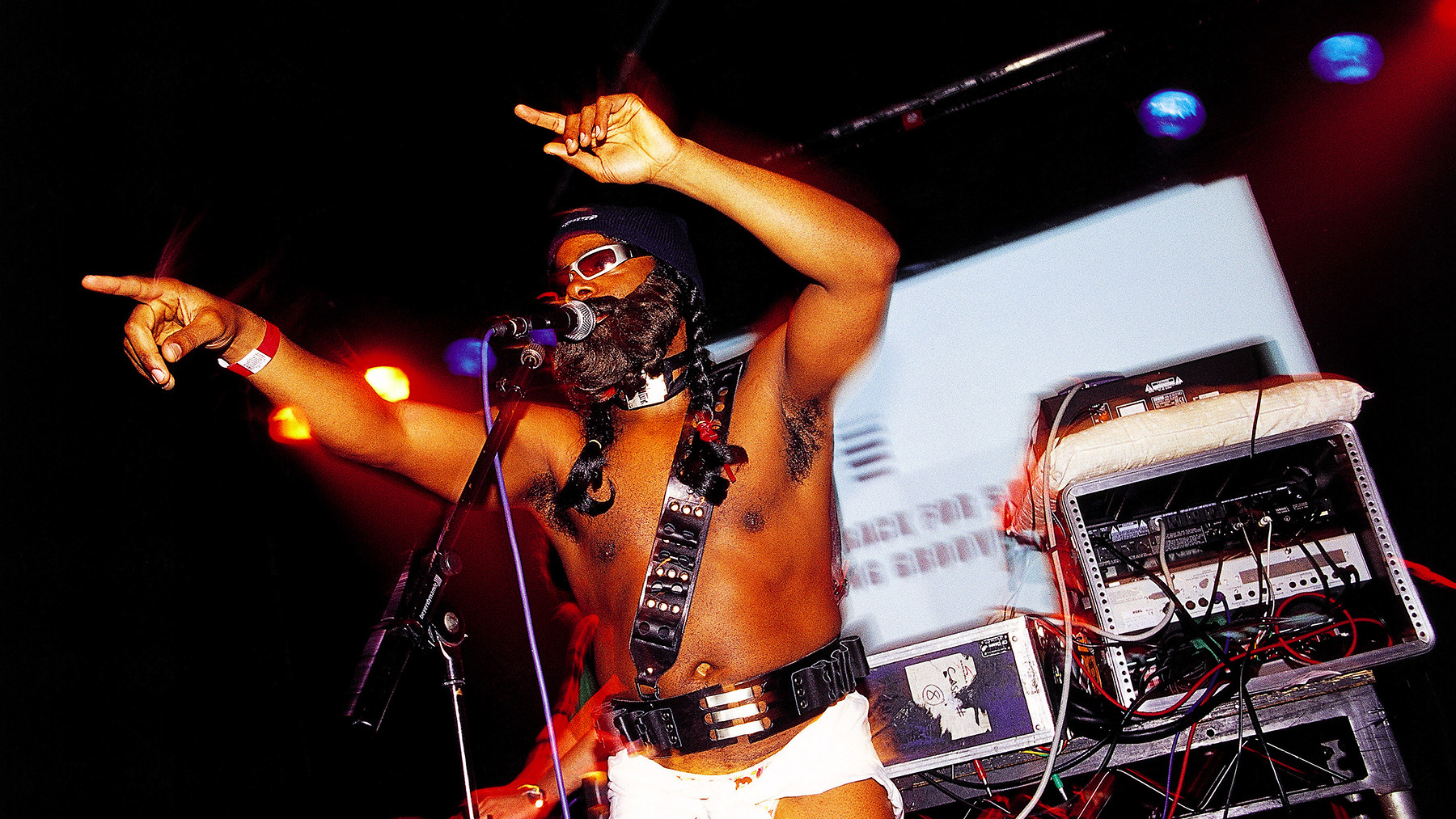 Paris the Black Fu of Detroit Grand Pubahs performing live in London, 2002
Paris the Black Fu of Detroit Grand Pubahs performing live in London, 2002
Andy Toth and Mack Goudy, known as Dr. Toefinger and Paris the Black Fu of Detroit Grand Pubahs, met while working at a Michigan restaurant. “We both liked whiskey and working on music,” Toth recalled. One night, Toth created a dynamic electro track, and Paris spontaneously grabbed the microphone. “I said ‘What you got?’ He said, ‘Don’t worry about it. Just turn the mic on.’” Within moments, Paris improvised suggestive lyrics about a dance floor encounter. This impromptu recording, “Sandwiches,” became a defining moment in Detroit’s electro revival at the turn of the century, and an instant club hit worldwide, solidifying its place as a favorite dance song with a humorous edge.
Black Box, ‘Everybody Everybody’ (1990)
“Everybody Everybody” is a great track with a controversial backstory. Martha Wash of the Weather Girls was hired in 1989 to record demos for Italian house producers Groove Groove Melody. She was told the tracks were for other singers. Instead, her uncredited vocals were released under the name Black Box. Adding insult to injury, a model was hired to lip-sync Wash’s vocals in music videos. Wash sued and won, also taking similar action against C+C Music Factory for a similar offense. Daniele Davoli of Black Box later expressed regret, stating in 2013, “We didn’t know any better at the time. I guess we had to learn from our mistakes.” Despite the controversy, “Everybody Everybody” became a hugely popular favorite dance song.
Big Freedia, ‘Azz Everywhere’ (2010)
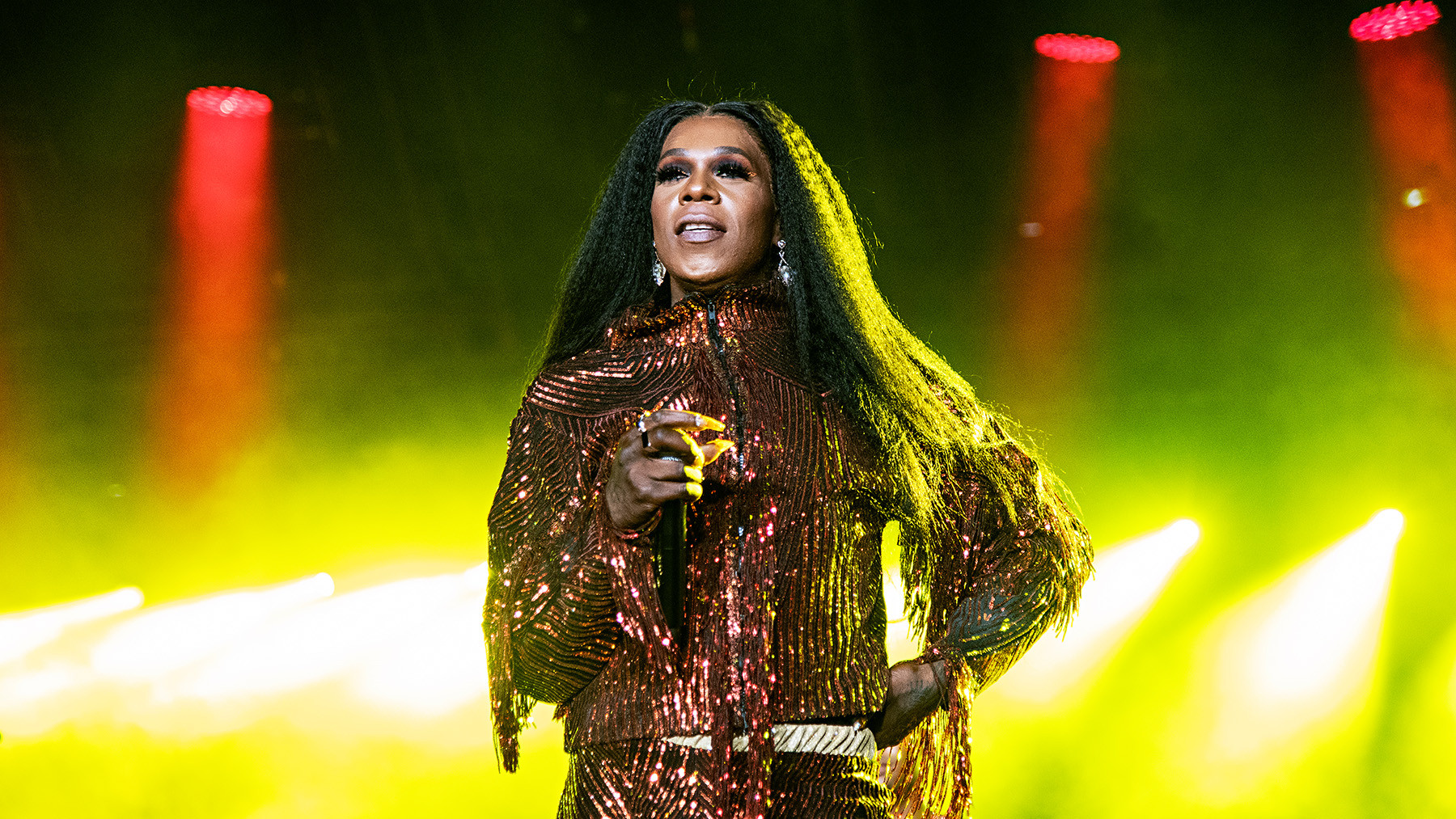 Big Freedia performing at Essence Festival in New Orleans, 2019
Big Freedia performing at Essence Festival in New Orleans, 2019
Big Freedia has been instrumental in popularizing bounce music, a fast-paced, energetic New Orleans club sound associated with twerking. In 2011, Big Freedia said of bounce, “I’ve run across half the globe now, spreading the goodness of bounce and trying to get people everywhere onto what’s been around for two decades.” “Azz Everywhere” became the breakthrough track for the genre, a chaotic mix of snares, samples, and the chanted title phrase. “We hold classes on the road sometimes at performing venues and different colleges to teach about the history of bounce music,” Big Freedia explained. “We describe it as an uptempo, heavy bass, holler-response music. And it definitely has a lot to do with azz shaking!” “Azz Everywhere” became a favorite dance song that brought bounce music to a wider audience.
Joy Orbison, ‘Hyph Mngo’ (2009)
In the late 2000s, dubstep producers were pushing boundaries, resulting in experimental tracks. Joy Orbison’s debut, “Hyph Mngo,” became the defining dubstep track of 2009, capturing this innovative period. The bassline and synth textures are smooth, yet the sharp snare drum and fragmented vocal samples – a woman’s voice calling out “Ooh!” and “I do” – create an unexpectedly emotional quality. This unique combination helped “Hyph Mngo” cross over into the mainstream, making it a more accessible and widely appreciated favorite dance song within the dubstep genre.
ESG, ‘Moody’ (1981)
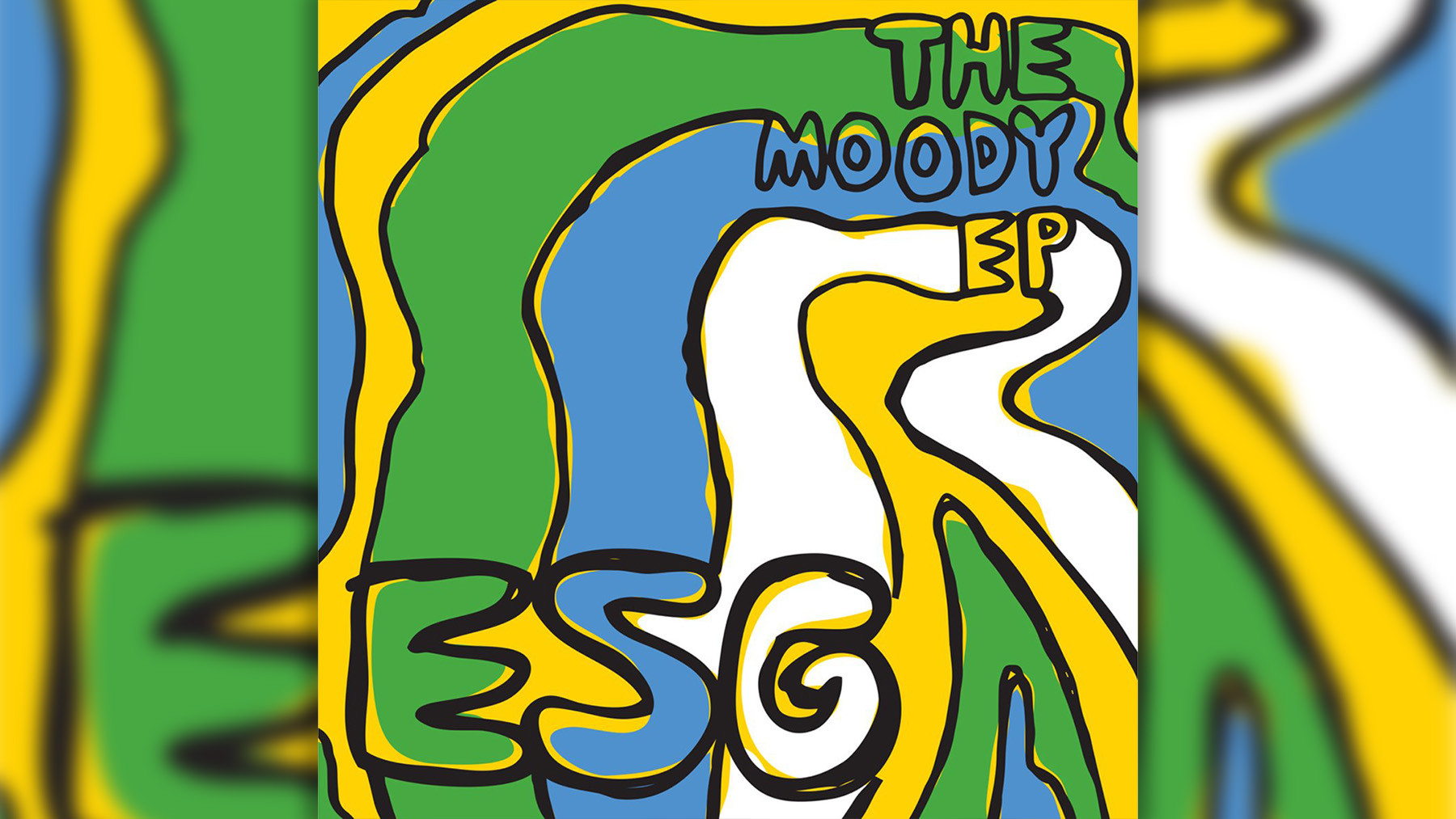 ESG performing live
ESG performing live
The Scroggins sisters, from the South Bronx, left a lasting impact on New York dance music as ESG in the late 1970s. While their music drew from funk and disco, their minimalist sound and emphasis on percussion resonated with post-punk and no-wave scenes, especially after collaborating with Joy Division producer Martin Hannett for their debut EP. “Moody,” the EP’s centerpiece, remains futuristic. It’s a subtle blend of bassline, bongo drums, and Renee Scroggins’ distant vocals, creating a unique and influential favorite dance song that transcended genres.
La Roux, ‘In for the Kill (Skream’s Let’s Get Ravey Remix)’ (2009)
Artists sometimes have mixed feelings about remixes of their songs. However, La Roux’s Elly Jackson praised Skream’s remix of “In for the Kill,” claiming it captured the true essence of the song even better than the original synth-pop single. Skream’s remix discards the original beat and Kanye West’s guest verse, replacing them with a tense atmosphere and explosive drum-and-bass breaks. Jackson stated, “What he did with the song is what we would have done if we’d been brave enough. We wanted to make a pop record and that just isn’t a pop thing, what he did to it.” Skream’s remix transformed the song into a powerful and unexpected favorite dance song.
Double 99, ‘RIP Groove’ (1997)
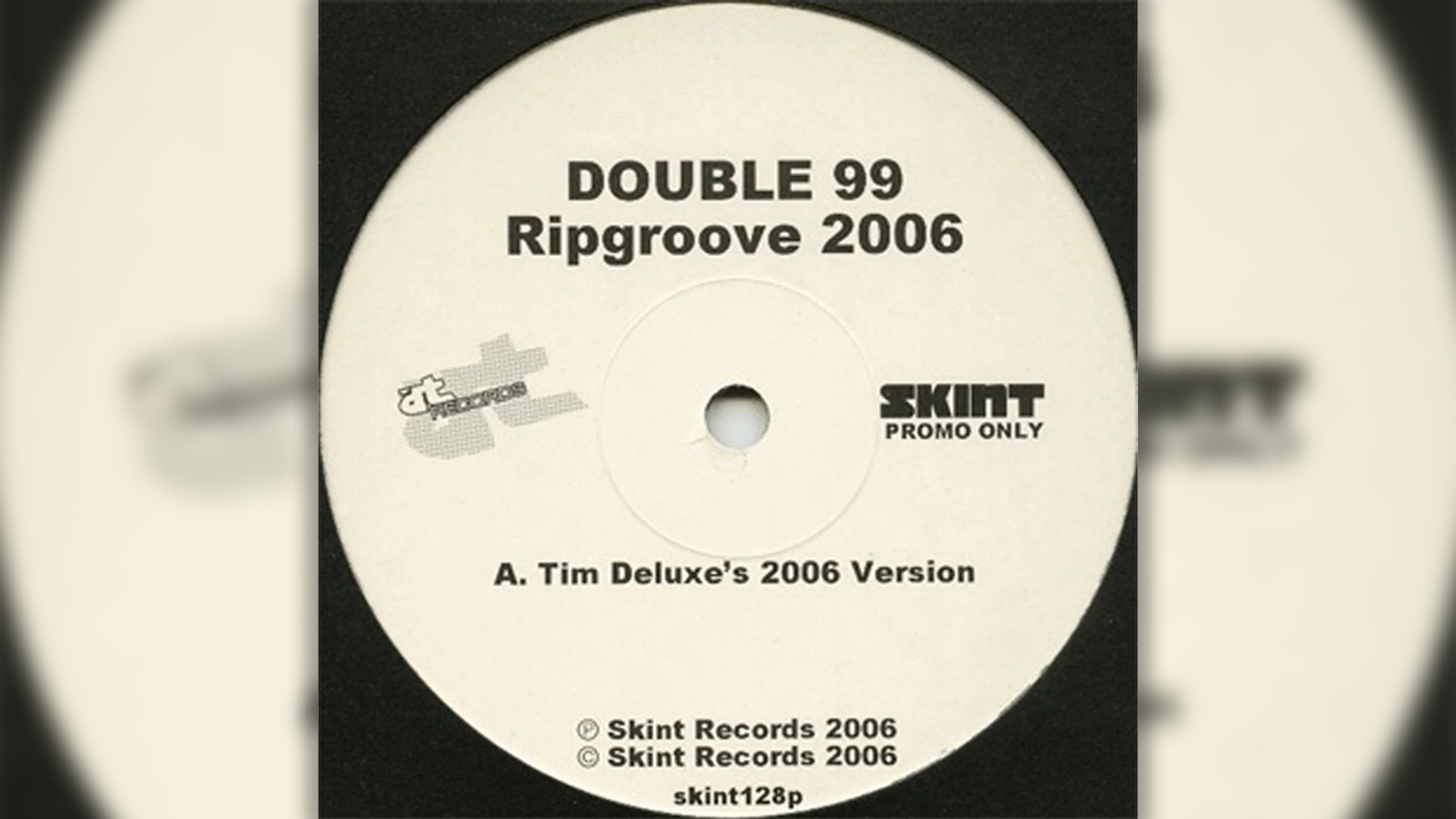 Double 99 performing live
Double 99 performing live
London producers Tim Deluxe and DJ Omar, previously known as RIP, rebranded as Double 99 to mark a double-pack vinyl EP. Omar explained that due to time constraints, “we decided to make up track names and get the artwork done before the tracks had actually been made.” “RIP Groove,” named as a tribute to their earlier moniker, was quickly created using samples from Armand Van Helden’s remix of CJ Bolland’s “Sugar Is Sweeter,” Kenny Dope, and singer Tina Moore. Taking only three hours to produce, it became a massive hit in 1997, bringing UK garage (then called “speed garage”) into mainstream pop charts and announcing a fresh sound, instantly becoming a favorite dance song in the UK garage scene and beyond.
Snap!, ‘The Power’ (1990)
“The Power” is a classic example of dance-music’s global reach. German producers sampled American rapper Chill Rob G and R&B vocalist Jocelyn Brown to create a club hit. Major label Arista picked it up and rerecorded it with Turbo B, an American G.I. based in Germany. Chill Rob G then rerecorded his own version as Power Jam feat. Chill Rob G. Both versions became club hits. Beyond that, “The Power” established a Europop template. Snap!’s Michael Muenzing noted in 1994, “Now you have 50 or 60 groups singing this way — rapping, singing the chorus, and going back to the rap.” “The Power” became a blueprint for a genre and an enduring favorite dance song.
DJ Frosty feat. Fatman Scoop, DJ Webstar, Young B. & Smooth, ‘Ride That Wave (Remix)’ (2010)
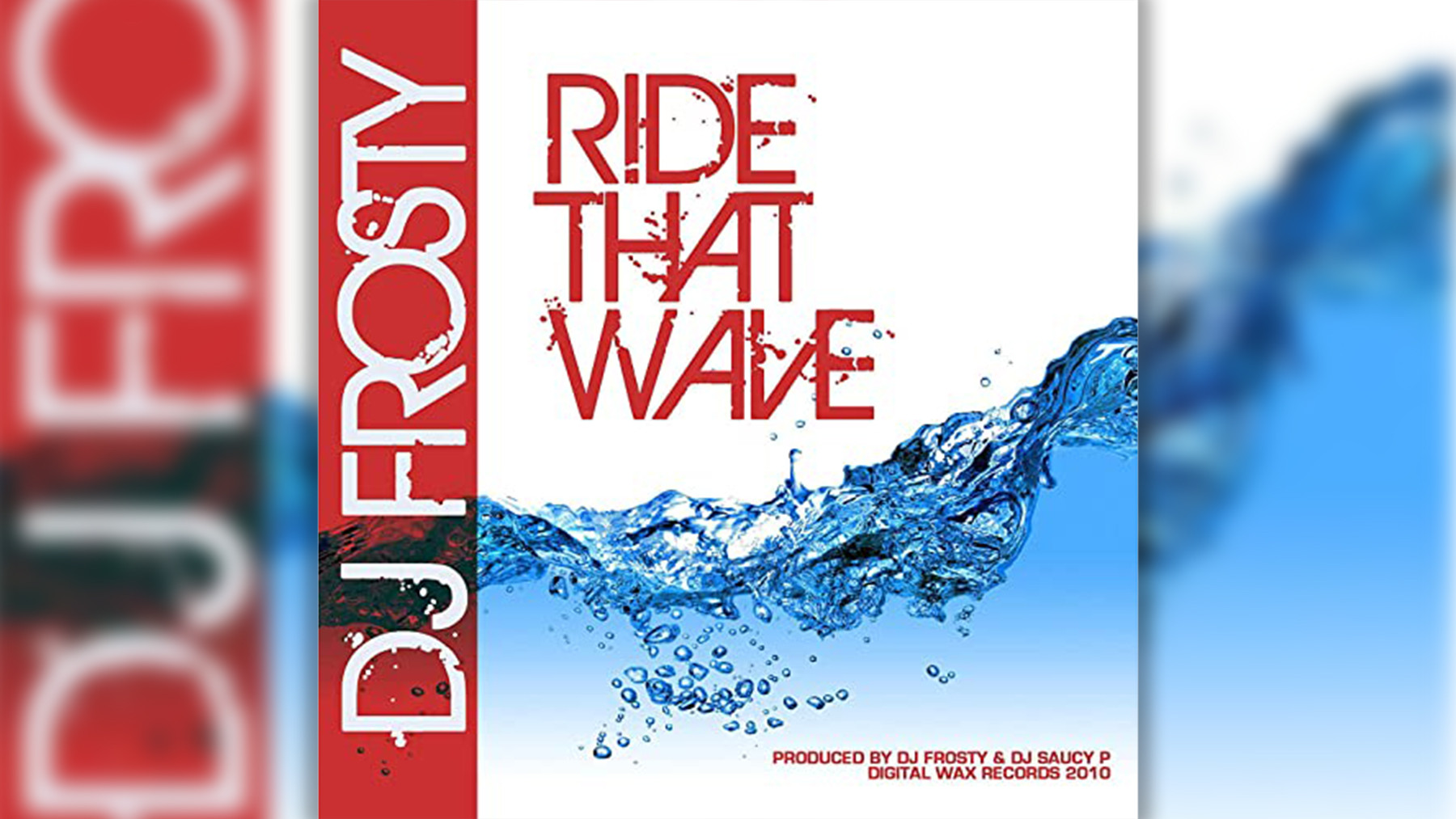 DJ Frosty performing live
DJ Frosty performing live
Jersey club, originating in Newark, New Jersey, is characterized by syncopated rhythms, clipped vocal samples, and a visceral yet non-violent energy, akin to hip-house in a blender. DJ Frosty’s “Ride That Wave” perfectly embodies this sound. This incredibly catchy, chant-driven track emerged as Jersey club was gaining international attention from EDM producers. This wave eventually reached Drake’s Honestly, Nevermind. The remix featured Fatman Scoop, known for his 90s hip-hop cut-ups on AV8 Records, popular among DJs like Armand Van Helden and Fatboy Slim. “Ride That Wave” is a prime example of a favorite dance song from the Jersey club scene, bridging underground sounds with wider audiences.
Todd Terje, “Inspector Norse” (2012)
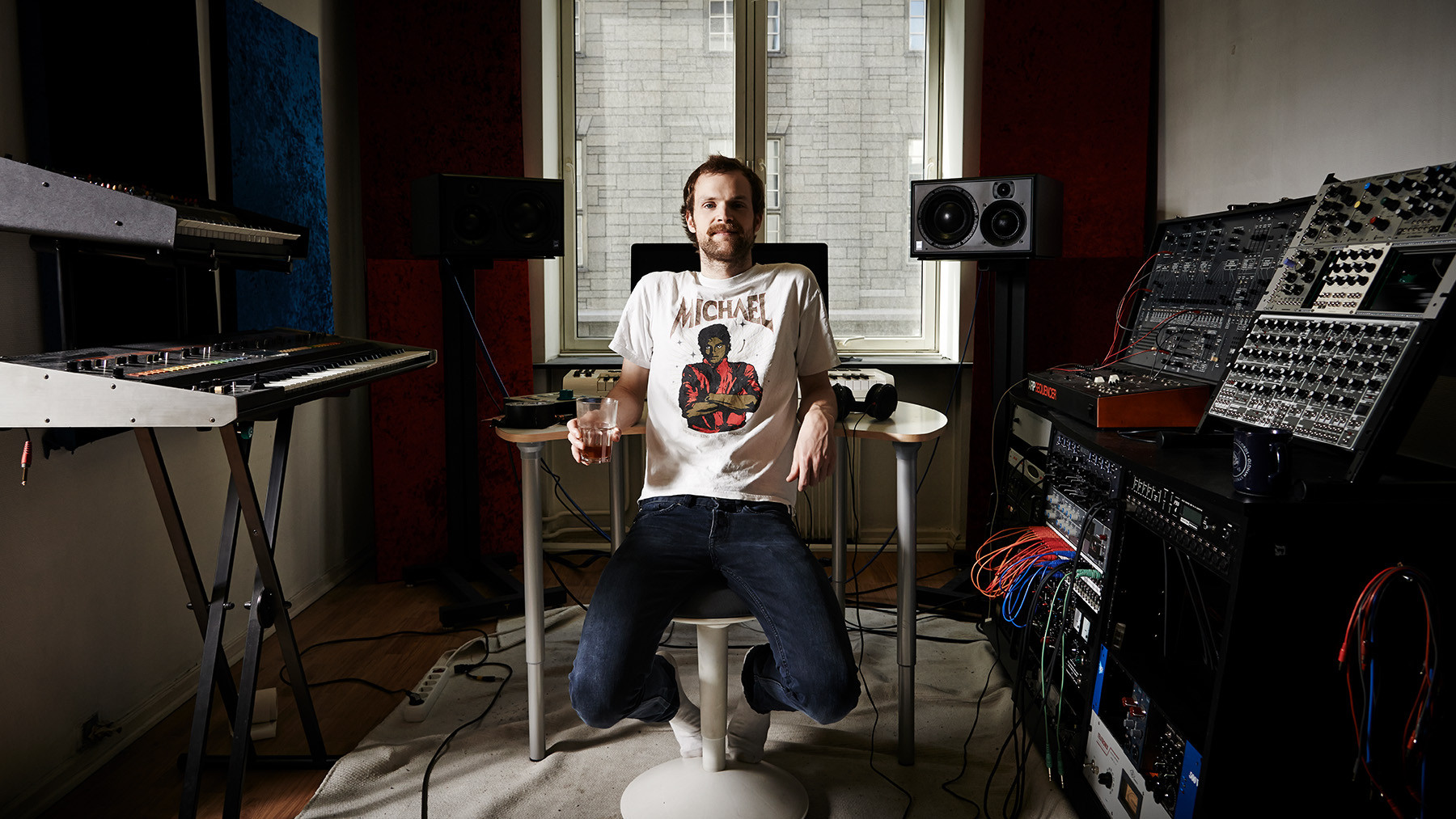 Todd Terje performing live
Todd Terje performing live
Norwegian nu-disco producer Todd Terje created “Inspector Norse” using only sounds from a vintage ARP synthesizer for his It’s the Arps EP in 2012. He didn’t expect the relaxed track to become popular. “I thought it was going to go well with the DJs, as I’d tried it out and it had a danceable beat, but I never thought I’d hear people singing along to the melodies,” Terje said. However, the track’s catchy melody proved irresistible. “It really helped me as a DJ in terms of popularity,” he noted. “Inspector Norse” became a surprise hit and a favorite dance song for its unique and playful sound.
The Rapture, ‘House of Jealous Lovers’ (2002)
 The Rapture performing at Bowery Ballroom NYC, 2002
The Rapture performing at Bowery Ballroom NYC, 2002
“Most people now have no memory of how absolutely sacrilegious it was at the time,” DFA founder James Murphy, co-producer of “House of Jealous Lovers,” told Spin. “We wanted to make a rock track that could compete with dance music. We obsessed over it.” The Rapture’s debut single fused Gang of Four-style guitar riffs with a manic vocal over a powerful beat engineered for dance floors. It succeeded. The song became the pinnacle of the early 2000s “dance-punk” movement, influencing countless New York bands and transforming indie bars into DJ venues. “House of Jealous Lovers” is a crucial favorite dance song that bridged rock and dance music.
TNGHT, ‘Higher Ground’ (2012)
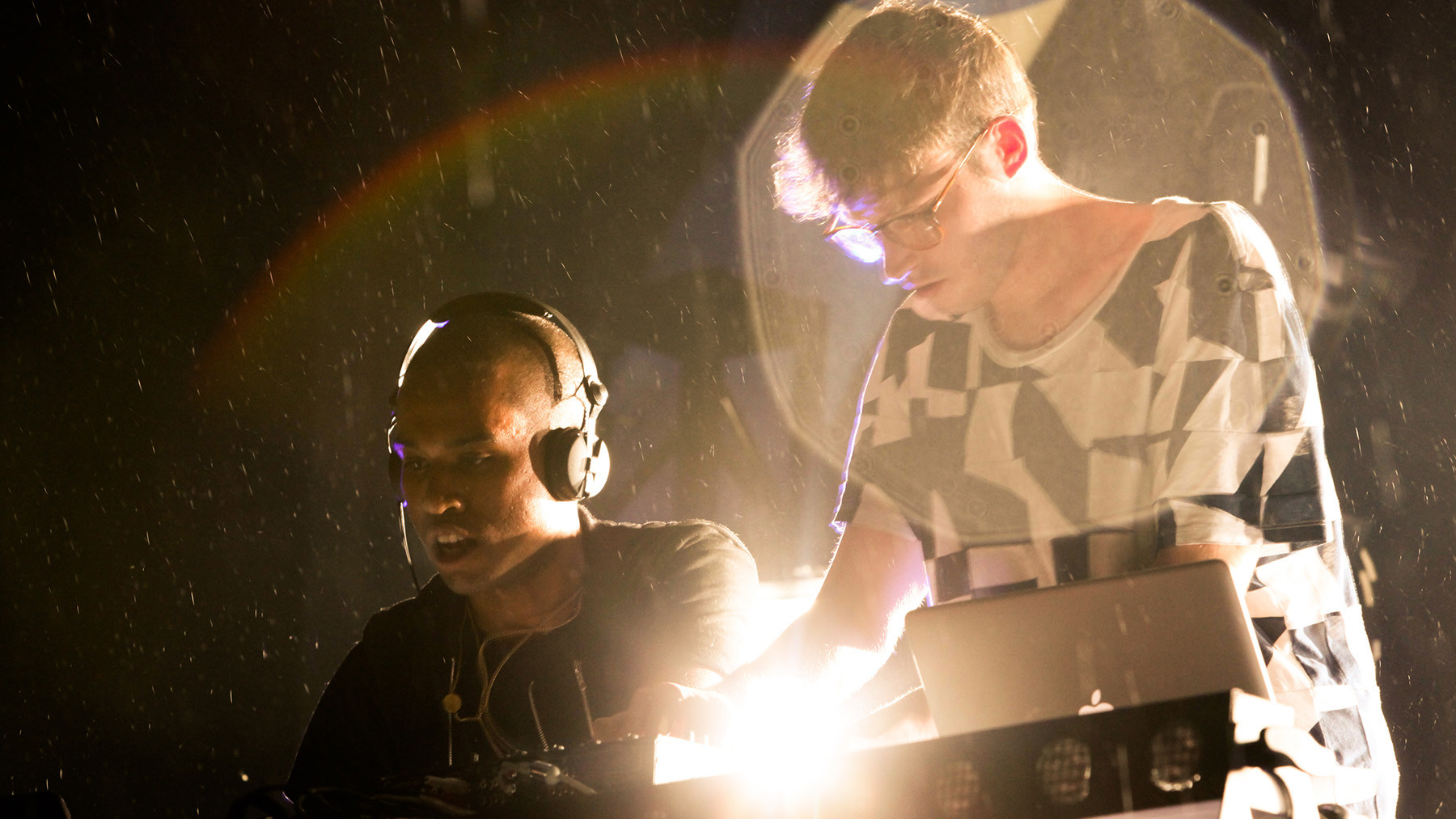 TNGHT performing live
TNGHT performing live
“The first time around was our take on big American rap beats, with a little bit of cheekiness to it,” Hudson Mohawke said of the 2012 EP he created with Lunice as TNGHT. This five-song EP propelled both artists to the forefront of EDM with its energetic, trap-influenced sound. “Higher Ground,” a powerful track with a “jeweled-elephantine stomp,” is both expansive and detailed. Within a year, Kanye West enlisted TNGHT to produce “Blood on the Leaves” from Yeezus. “Higher Ground” became a highly influential and favorite dance song in the trap and EDM scenes.
Roni Size and Reprazent, ‘Brown Paper Bag’ (1997)
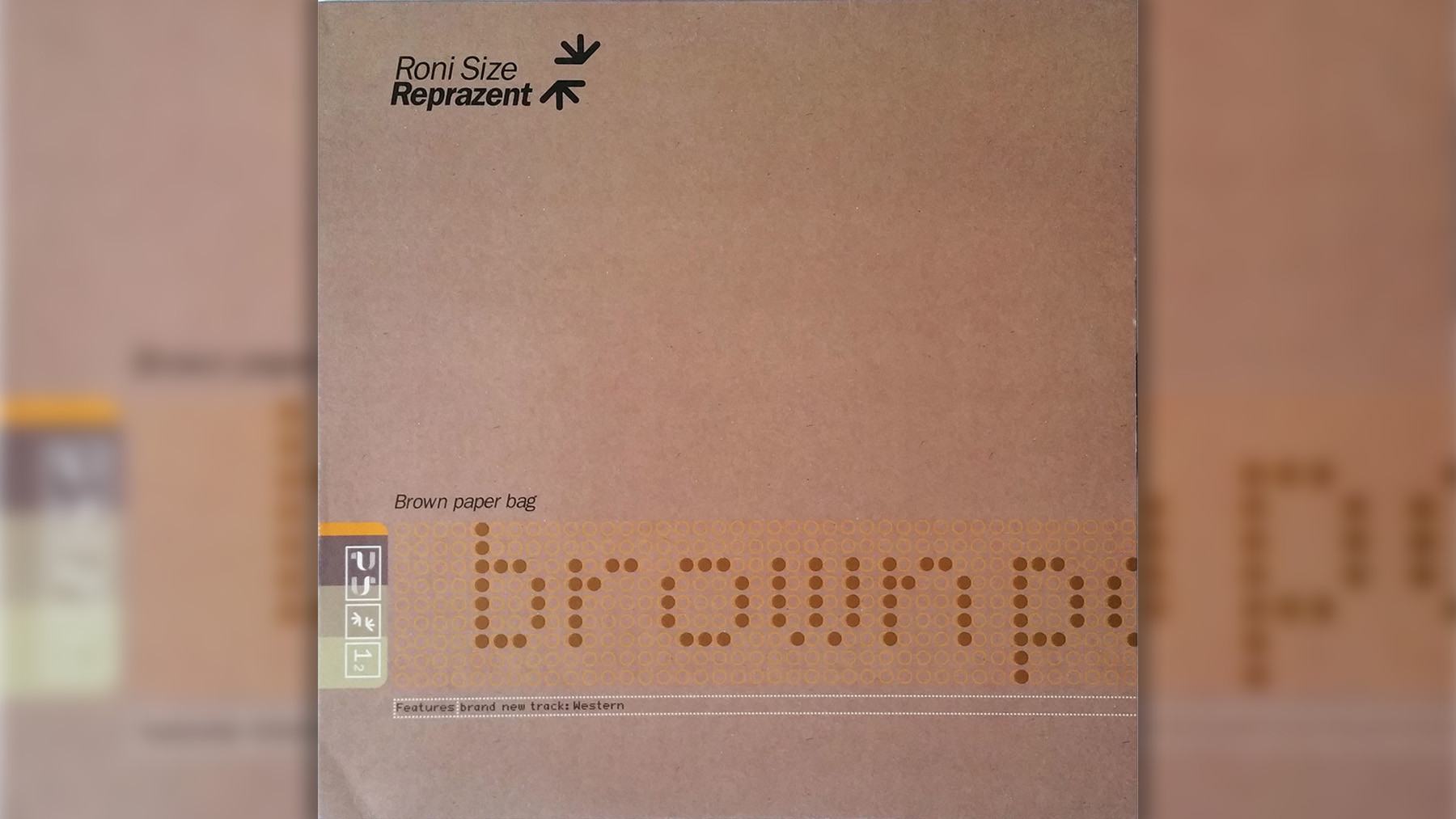 Roni Size Reprazent performing live
Roni Size Reprazent performing live
In the late 1990s, drum and bass was becoming increasingly fragmented and distant from its dancehall and hip-hop roots. Roni Size and Reprazent, from Bristol, England, created drum and bass that was both innovative and rooted in its Black origins. They fused fast-paced beats with warm jazz-funk elements. “It’s funny how ‘Brown Paper Bag’ split people,” Size said in 2018 about their biggest track, the double-bass driven highlight from New Forms. “They heard the jazz, how it sounded different from everything else, and they saw this other audience that loved it.” “Brown Paper Bag” is a distinctive and favorite dance song that broadened the appeal of drum and bass.
Soul II Soul, ‘Back to Life (However Do You Want Me)’ (1989)
Led by Jazzie B and Nellee Hooper, Soul II Soul started as a London sound system specializing in reggae and soul. When they began recording in the late 1980s, their smooth grooves blended both genres. Initially, their tracks were intended only for Soul II Soul parties. “It was literally for our sound [system] at the beginning,” Jazzie B explained. “We weren’t really interested in what anybody else was doing.” But their music gained widespread attention. “Back to Life” reached Number One on the Billboard R&B chart and the Top Five on the Hot 100. “Back to Life” became a crossover hit and a favorite dance song that defined a sophisticated era of soul-infused dance music.
Felix da Housecat, ‘Silver Screen Shower Scene’ (2001)
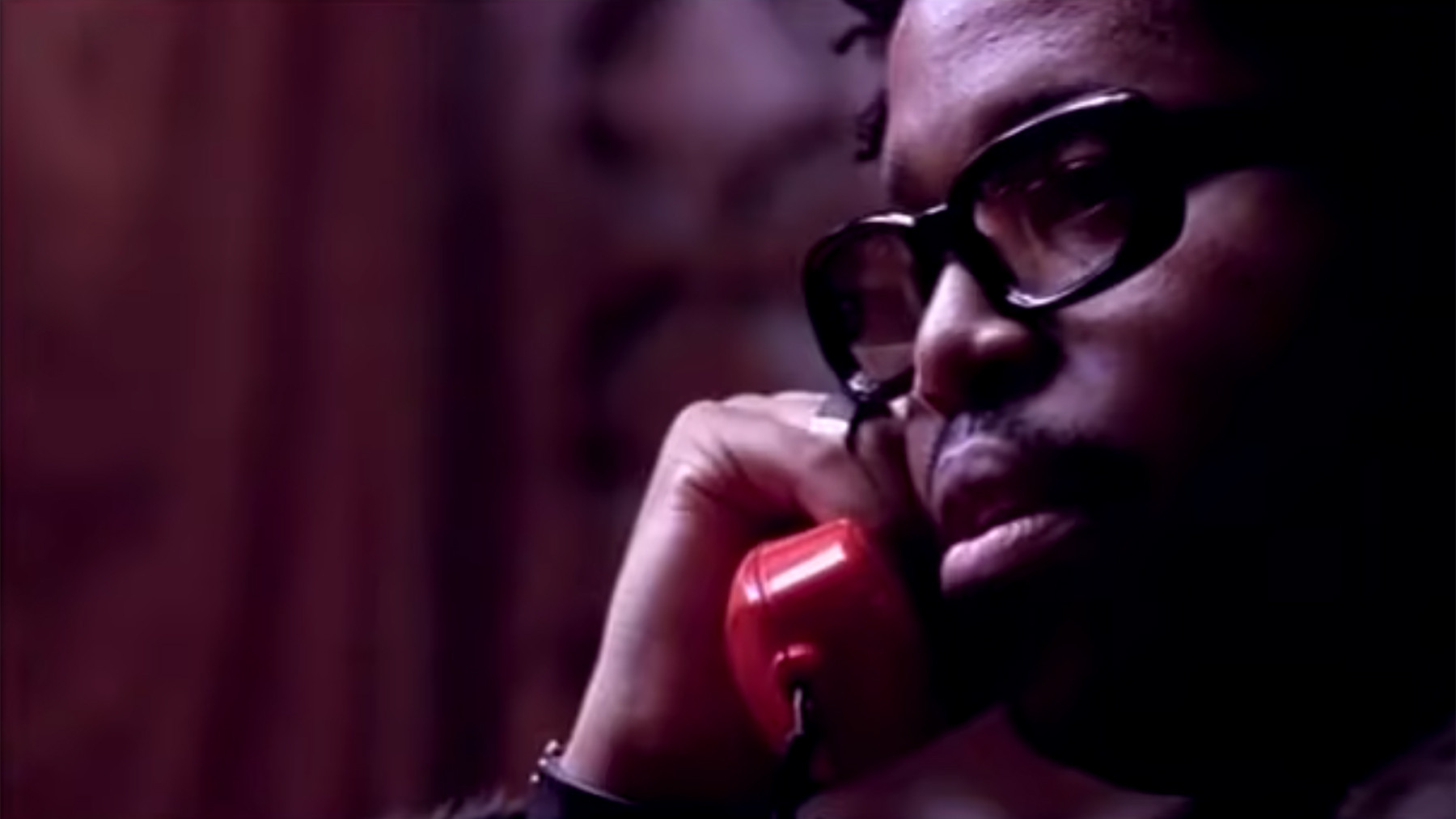 Felix Da Housecat performing live
Felix Da Housecat performing live
Felix Stallings Jr., known as Felix da Housecat, is a Chicago house veteran. He co-created the acid house classic “Fantasy Girl” as Pierre’s Pfantasy Club in 1987. His career went global with the 2000 album Kittenz and Thee Glitz, a conceptual work about celebrity and artifice featuring collaborations with Junior Sanchez, Tommie Sunshine, Miss Kittin, and Melistar. “Silver Screen Shower Scene” became an instant anthem, its lyrics and music satirizing celebrity culture and defining the electroclash era. Jacques Lu Cont’s “Thin White Duke Remix” became even more popular among DJs, making it a definitive favorite dance song of the electroclash scene.
Dntel feat. Ben Gibbard, “(This Is) The Dream of Evan and Chan (Superpitcher Kompakt Remix)” (2001)
In 2000, Death Cab for Cutie’s Ben Gibbard had a dream involving Evan Dando and Chan Marshall (Cat Power). “It was completely G-rated, not one of those inappropriate dreams, but it was bizarre – you know, in the same way you dream that you’re in your house but it’s not your house, your friend is there but he’s a merman.” He turned it into a song with Dntel (Jimmy Tamborello) before their Postal Service project. Dntel set Gibbard’s vocals to fast beats and synths, but Superpitcher’s remix, from Kompakt Records, added hazy synth layers and echoing bells, truly capturing the dreamlike state hinted at in the lyrics, creating a uniquely atmospheric favorite dance song.
Patrick Cowley feat. Sylvester, ‘Do Ya Wanna Funk?’ (1982)
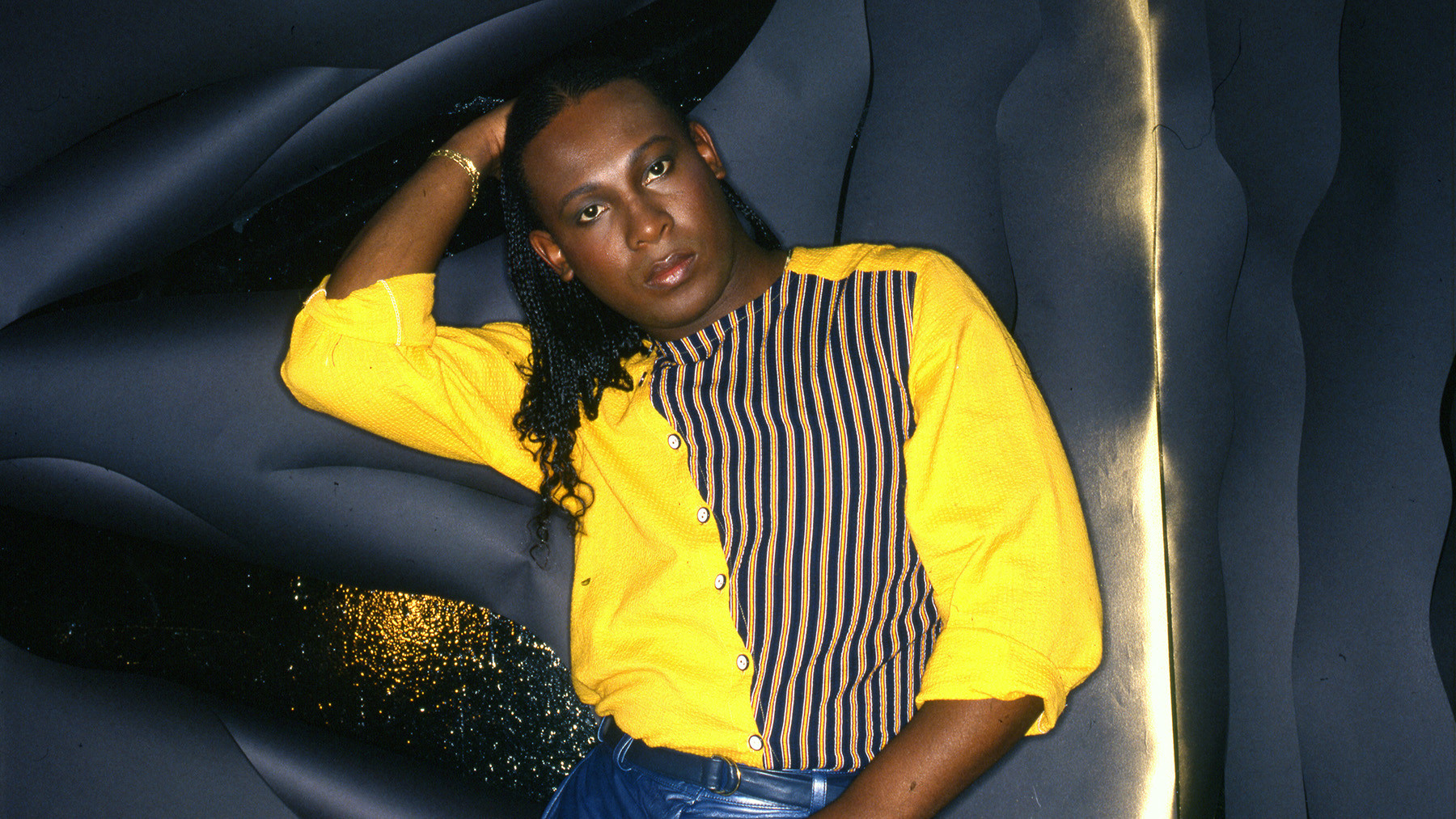 Sylvester James portrait, circa 1980
Sylvester James portrait, circa 1980
Patrick Cowley, a synth innovator, was a key figure in Hi-NRG, a gay club staple. He collaborated with Sylvester and created a 16-minute extended version of Donna Summer’s “I Feel Love.” Cowley became ill in November 1981 and passed away a year later at 32, shortly after “AIDS” became an official term. In his final months, he continued working in the studio to finish his energetic tracks. “Do Ya Wanna Funk” remains a landmark of Hi-NRG – with bright synth riffs and Sylvester’s soaring falsetto. It also famously soundtracked a party scene in the film Trading Places, becoming a favorite dance song and a testament to Cowley’s enduring influence.
Funkadelic, ‘One Nation Under a Groove’ (1978)
![]() Funkadelic performing live
Funkadelic performing live
“One Nation Under a Groove,” is arguably the greatest funk track featuring a banjo. Its infectious groove topped the R&B singles chart for six weeks in 1978. George Clinton assigned the song to Funkadelic, his guitar-heavy rock-funk project, rather than Parliament, his horn-driven R&B group, to give it more power. “Parliament is smashing,” he explained. “But Funkadelic is the movement.” “One Nation Under a Groove” became an iconic and favorite dance song that transcends genre boundaries.
Evelyn Thomas, ‘High Energy’ (1984)
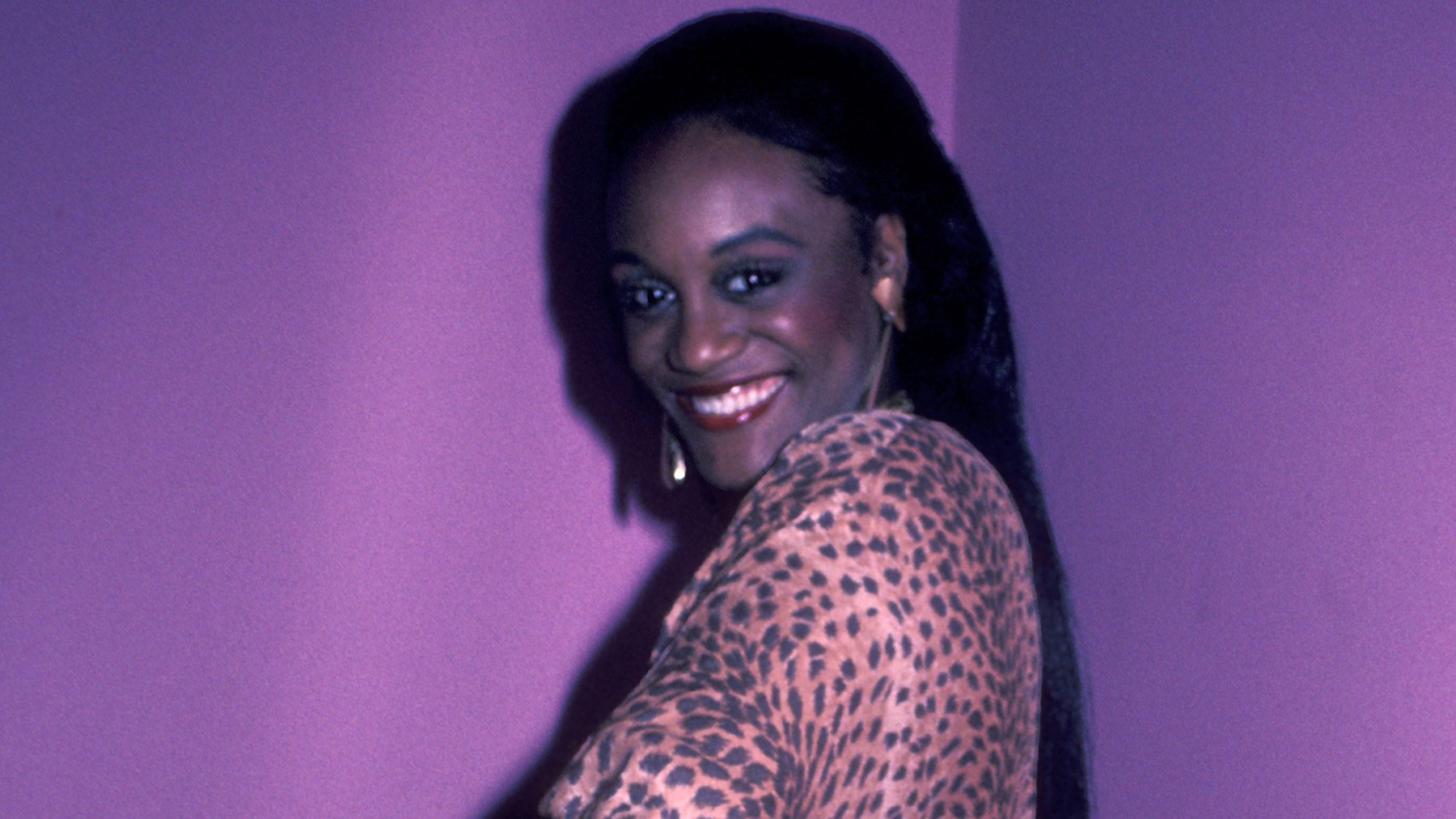 Evelyn Thomas sighted at Limelight Disco in New York City, 1984
Evelyn Thomas sighted at Limelight Disco in New York City, 1984
Released in April 1984, “High Energy” gave the Hi-NRG genre its name. However, it wasn’t the first of its kind, even for its creators. Chicago singer Evelyn Thomas was signed by Manchester producer Ian Levine to Pye Records as a teenager. Levine, a Northern Soul DJ, transitioned to disco, especially as synths became prominent. Smash Hits noted Levine “straddle[ed] both gay disco and old Motown — the two main Hi-NRG ingredients.” “High Energy,” brash, upbeat, and catchy, reached the British Top Five. The Blessed Madonna showcased its enduring appeal on her Bunker Podcast. “High Energy” is a quintessential and favorite dance song of the Hi-NRG era.
Daft Punk feat. Pharrell Williams and Nile Rodgers, ‘Get Lucky’ (2013)
When Pharrell Williams met Daft Punk at a Madonna party, he expressed his desire to collaborate: “If you just want me to play a tambourine, I’ll do it.” In Paris, Williams told them he wanted to channel Nile Rodgers. The robots played him a track they had already created with Rodgers. Williams recorded his smooth vocals during that visit. “You don’t need MDMA for this music, because it’s so incredibly vivid,” he enthused. “Get Lucky” became a global phenomenon, a universally loved and favorite dance song that revitalized disco-infused sounds for a new generation.
Mat Zo and Porter Robinson, ‘Easy’ (2013)
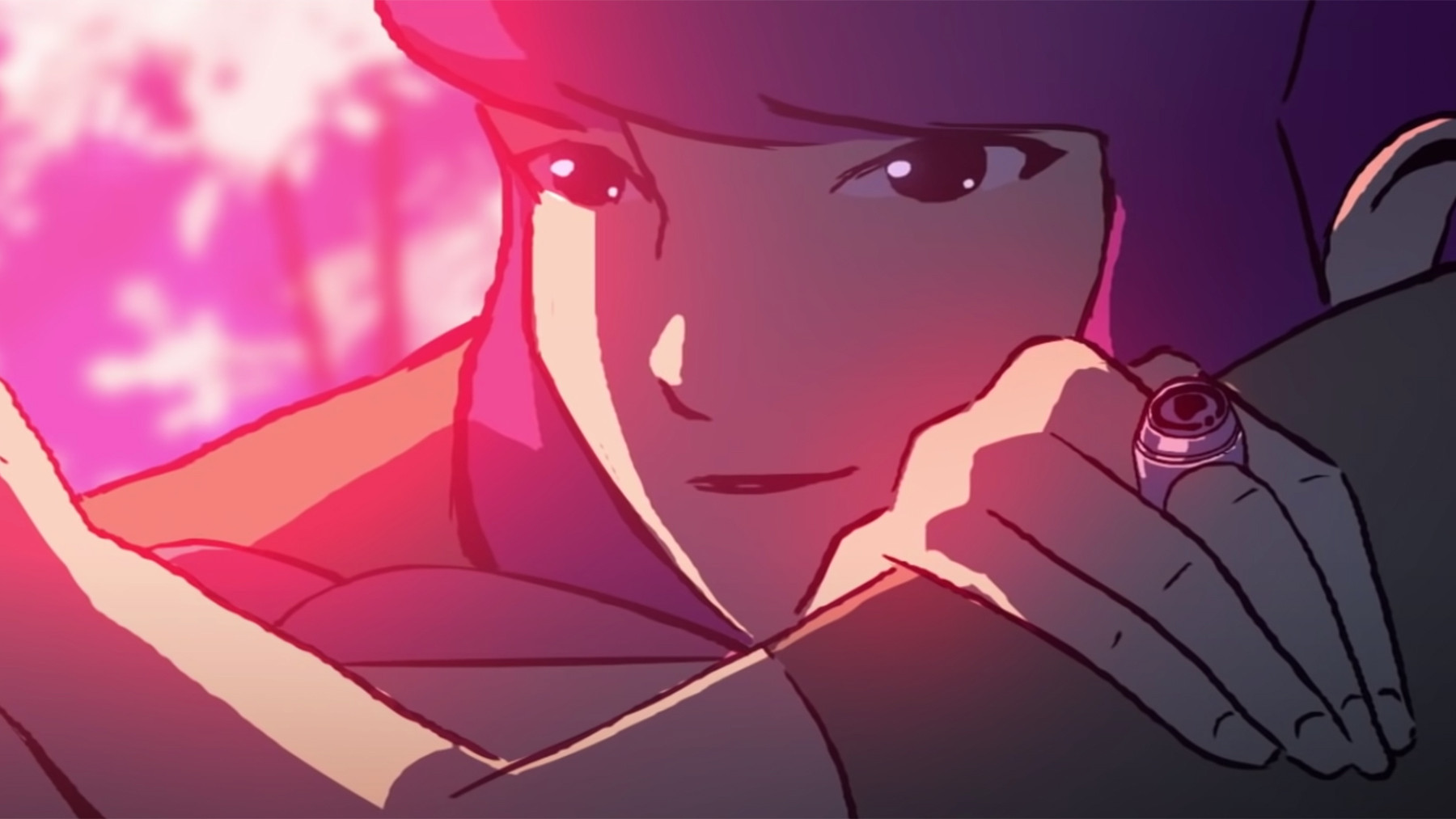 Porter Robinson and Mat Zo – Easy artwork
Porter Robinson and Mat Zo – Easy artwork
“‘Easy’ in my mind is an homage to Daft Punk’s Discovery,” Porter Robinson said of his collaboration with Mat Zo. “It takes the disco chords of all of the early French stuff and gives it a louder, more trance-inspired feel.” It’s a masterful update, both modern and classic. The central synth melody evokes a Theremin and a Moog. The vocal sample from Colourblind’s “Nothing Better” adds emotional depth that many stadium EDM tracks lacked. “Easy” is a sophisticated and favorite dance song that bridges classic disco influences with contemporary EDM.
Justice vs. Simian, “We Are Your Friends” (2006)
In 2003, Parisian musicians Gaspard Augé and Xavier de Rosnay (Justice) entered a remix contest for Simian’s “Never Be Alone.” “You could download the separate tracks: guitar, drums, and other things,” de Rosnay told The New York Times. “But we were working without music software: just a sampler, a sequencer, and a synthesizer. So we downloaded just the voice on the chorus, because there was not space enough for more than eight seconds of sound on our sampler.” The result was a raw, energetic track that blended electroclash and EDM. Retitled “We Are Your Friends,” it became a hit in 2006, launching Justice’s career and prompting Simian to transform into Simian Mobile Disco. “We Are Your Friends” is a defining and favorite dance song that bridged genres and launched careers.
Martin Garrix, ‘Animals’ (2013)
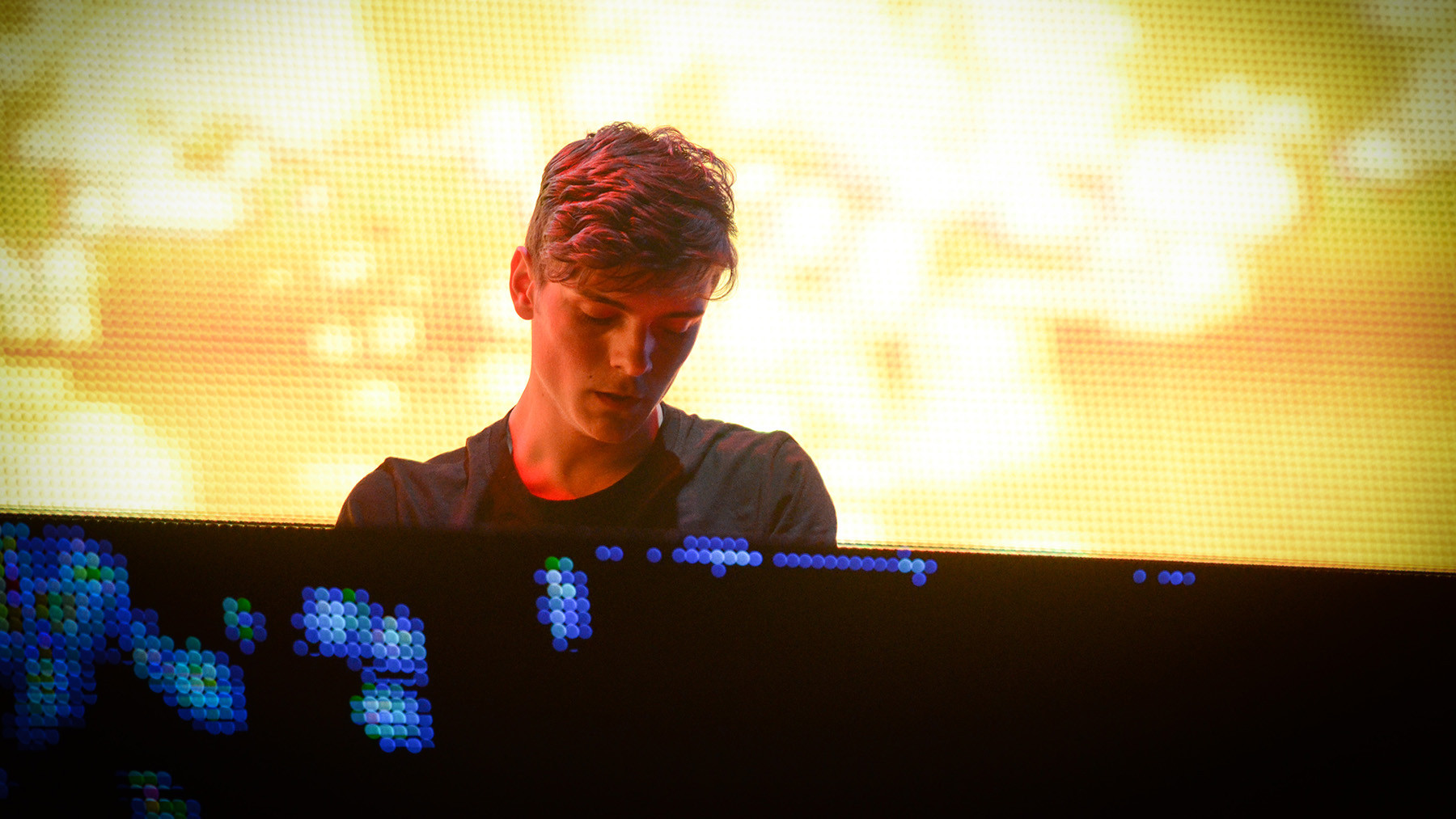 Martin Garrix performing at Coachella, 2014
Martin Garrix performing at Coachella, 2014
Dance music often favors youth, as demonstrated by the early 2010s EDM boom. Built around a catchy synth riff with no lyrics, Martin Garrix’s “Animals” was released when the Dutch producer was only 18. It became an instant global hit. This success led to skepticism. “At first, people in the industry assumed I didn’t make my own shit,” Garrix later said. “So I would do livestreams and production tutorials on the internet to get rid of that stigma.” “Animals” is a massive and favorite dance song that epitomized the youthful energy of the EDM boom.
Debbie Deb, ‘Lookout Weekend’ (1984)
“As far as I know, I coined the phrase. I hadn’t heard anybody call it freestyle music prior to me coming up with the name of the group Freestyle,” Miami production pioneer Pretty Tony stated in 2015. His airy, upbeat tracks bridged the gap between KC and the Sunshine Band and 2 Live Crew. “Lookout Weekend,” his second single with Debbie Weshoff Lopez (whom he discovered working in a record store), was freestyle at its peak. Like its predecessor, “When I Hear Music,” “Weekend” went triple platinum. Tony responded by saying, “I bought me a Porsche. As a matter of fact, two Porsches.” “Lookout Weekend” is a quintessential and favorite dance song of the freestyle era, representing the genre’s upbeat and celebratory spirit.
Tate Kobang, ‘Bank Rolls’ (2015)
 Tate Kobang performing at Youtube Music Showcase in Austin, 2016
Tate Kobang performing at Youtube Music Showcase in Austin, 2016
Built on a sample of Tim Trees’ Baltimore club track “Bank Roll,” Tate Kobang’s remix is a modern tribute to Baltimore club music, its culture, and its energy. In his final verse, he shouts out K-Swift, the influential DJ who helped bring Baltimore club music to a wider audience before her passing in 2008. “She was just one of those bodies in our culture that was like, ‘She ain’t never going anywhere,’” Kobang said. Like K-Swift’s work, “Bank Rolls (Remix)” introduced a new audience to the Baltimore underground sound, becoming a favorite dance song that honors the city’s vibrant music scene.
Soft Cell, ‘Tainted Love/Where Did Our Love Go?’ (1981)
 Soft Cell performing live
Soft Cell performing live
“We both like Northern soul, Sixties music, and the 12-inch record,” Marc Almond of Soft Cell explained in 1981 about himself and David Ball. They combined these influences into their hit. Their synth-pop version of Gloria Jones’ “Tainted Love” was successful on its own, but for the extended version, they merged it with The Supremes’ classic “Where Did Our Love Go?”. “It was originally just going to include a few bars of ‘Where Did Our Love Go?’ but we like the way it turned out and included the whole song,” Almond said. This nine-minute medley – a New Wave disco summary – has been captivating dance floors ever since, becoming a favorite dance song for its innovative blend of genres and eras.
The Orb, ‘Little Fluffy Clouds’ (1990)
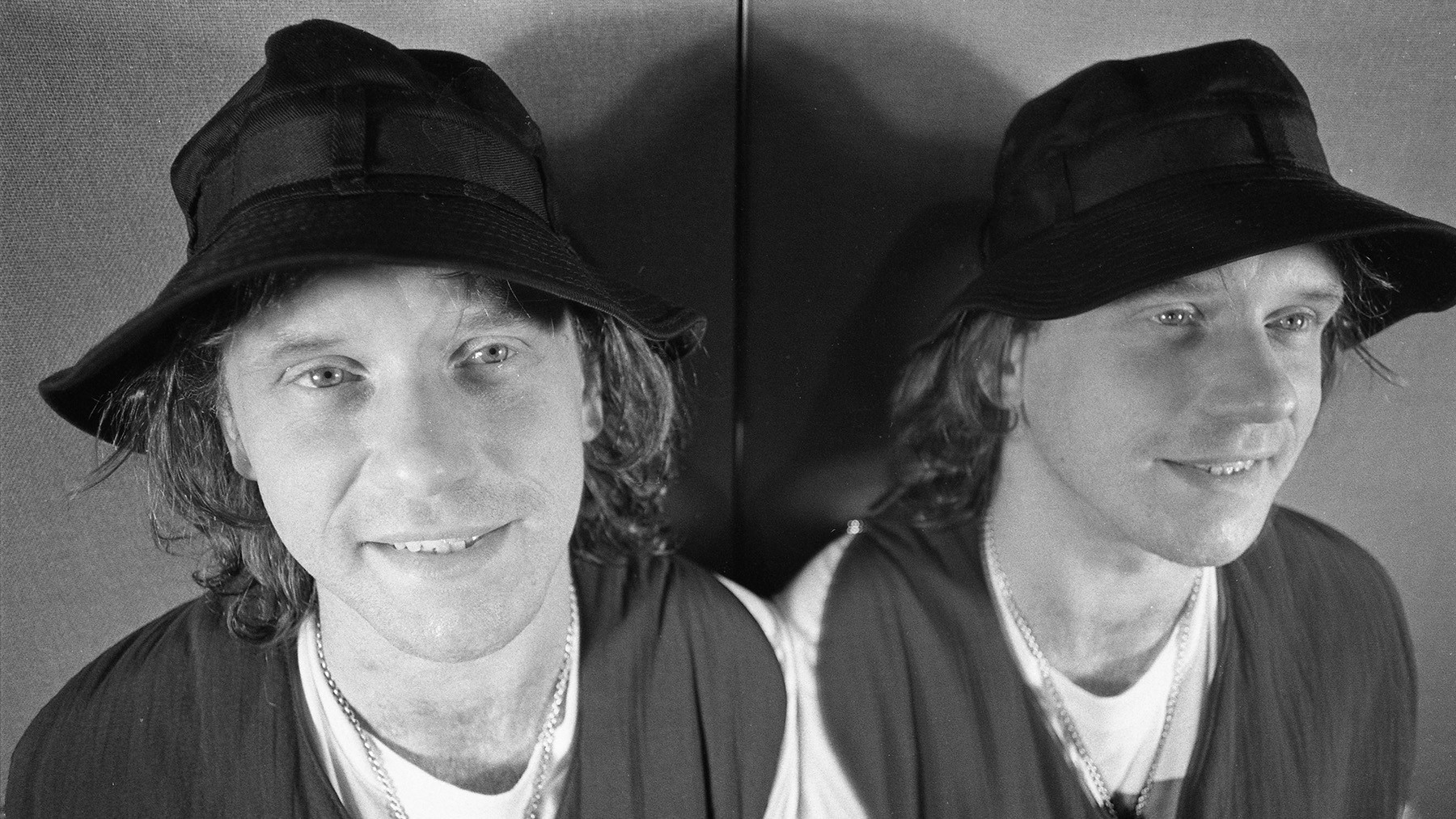 Alex Paterson of The Orb portrait, London, 1991
Alex Paterson of The Orb portrait, London, 1991
One day, The Orb’s Alex Paterson received a tape with a note: “This might be a good idea for a new Orb single.” Side A was an interview with Rickie Lee Jones describing Arizona skies: “The most beautiful skies, as a matter of fact … purple and yellow and red and on fire.” Side B was Steve Reich’s Electric Counterpoint. Paterson combined them to create “Little Fluffy Clouds,” the most comforting track of the acid-house era. Reich “was very happy when he heard it,” Paterson said. “Suddenly, it was being played to the masses, and they were loving it.” “Little Fluffy Clouds” is a unique and favorite dance song that blended ambient textures with dance rhythms, bringing experimental sounds to a wider audience.
Polygon Window, ‘Quoth’ (1993)
Richard D. James, known as Aphex Twin, is often associated with less dance-oriented electronic music. However, in the early 1990s, he produced rave tracks. “Quoth,” released under the name Polygon Window, is a prime example. A percussion-driven track, it was particularly popular in the American Midwest rave scene. “Quoth” is a high-energy and favorite dance song from Aphex Twin’s more dance-focused period.
Skream, ‘Midnight Request Line’ (2005)
 Skream at Fabric Nightclub, London
Skream at Fabric Nightclub, London
Shortly after London dubstep producer Skream released “Midnight Request Line,” he recalled, “I was on a boys’ holiday with my friends. They had a DJ Magazine or a Mixmag rack up on a shelf … I looked at it, and I had Record of the Month. I was like, ‘Shit, I need to get home.’” The track, with its synth melody, smooth bassline, and heavy beat, propelled Skream and dubstep into the mainstream. “Midnight Request Line” is a seminal and favorite dance song that marked a turning point for dubstep’s popularity.
Paul Johnson, ‘Feel My M.F. Bass’ (1994)
“Ghetto house” was house music’s equivalent to gangsta rap, a raw, sample-based style from 1990s Chicago producers, particularly on the Dance Mania label. Paul Johnson was a leading figure in this style, creating unconventional tracks with flair. His DJ mixtapes also featured his distinctive dreamy voice-overs. Johnson’s peak was “Feel My M.F. Bass,” a track with a powerful kick drum over which Johnson gleefully repeats, “Feel my motherfuckin’ bass in your face.” This track, released before his passing due to Covid in 2021, is a raw and iconic favorite dance song of the ghetto house genre.
Ten City, ‘That’s the Way Love Is’ (1989)
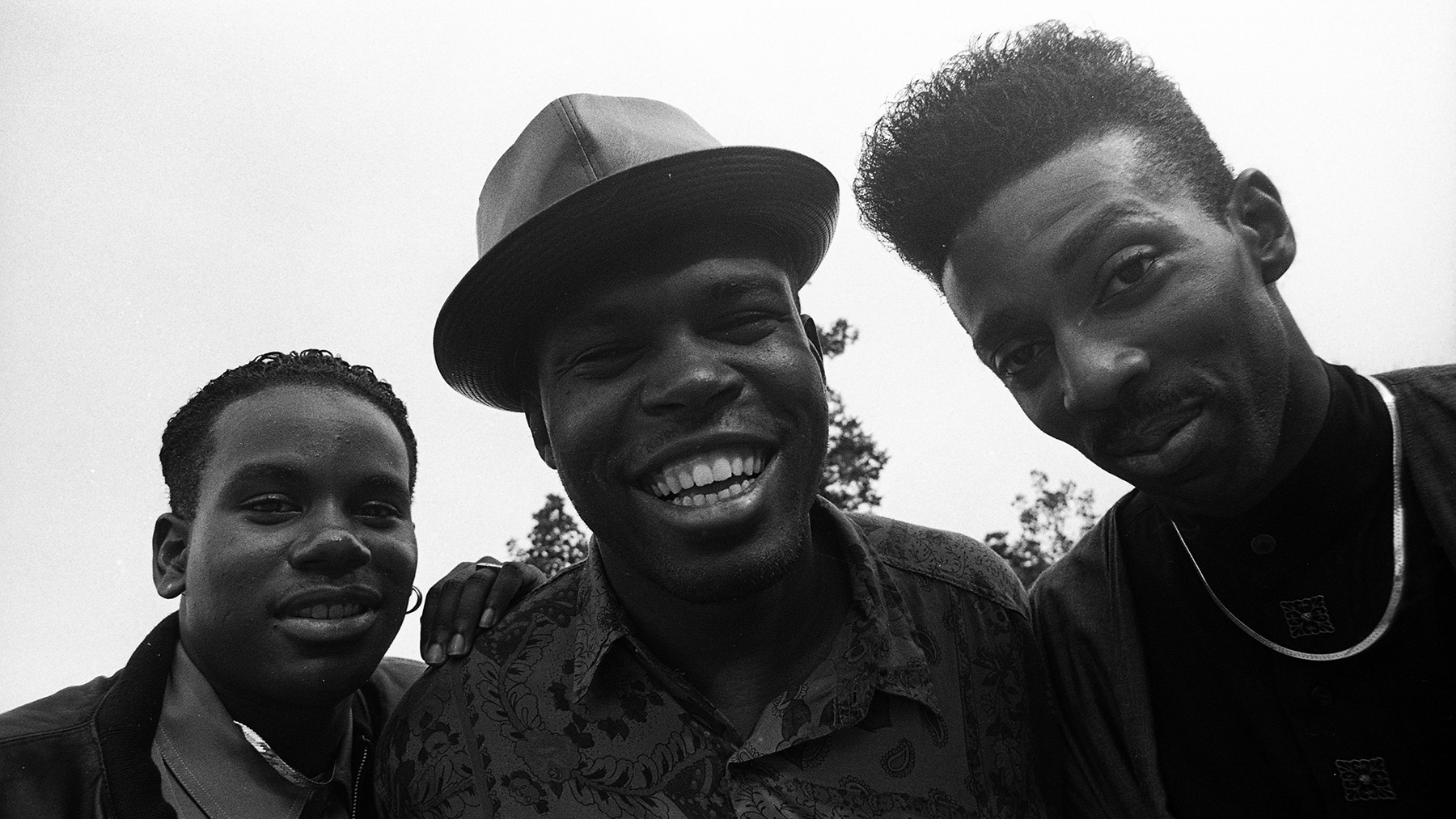 Ten City group portrait, London, 1990
Ten City group portrait, London, 1990
“When Ten City started, I think we were both at a point where we wanted to expand the genre by writing proper songs while at the same time doing more abstract things,” said Marshall Jefferson, producer of the Chicago house vocal trio Ten City. “That’s the Way Love Is,” their third single, defined their style – Philly-soul strings, lush love songs, and Byron Stingily’s high falsetto. It reached the UK Top 10 and Number One on the Billboard dance chart. Jefferson added, “people in South Africa have told us stories of how that song represents liberation for them.” “That’s the Way Love Is” is a sophisticated and globally resonant favorite dance song that blended house with soul.
Nitzer Ebb, ‘Join in the Chant’ (1987)
Nitzer Ebb, an industrial group from England’s Midlands, had a natural dance sensibility. “The clubs we knew were disco and funk,” frontman Douglas McCarthy told The Guardian. “It’s in the DNA of the area.” “Join in the Chant,” their most energetic anthem, was a perfect techno crossover, especially in Detroit, where techno artists like Carl Craig and Jeff Mills were influenced by industrial music. Richie Hawtin included “Chant” in his Decks, EFX & 909 mix CD. Andrew Weatherall once stated, “The closest I felt to God was listening to ‘Join in the Chant.’” “Join in the Chant” is a powerful and favorite dance song that bridged industrial and techno genres.
Bronski Beat, ‘Smalltown Boy’ (1984)
 Soft Cell performing live
Soft Cell performing live
Bronski Beat’s Jimi Somerville joked that his vocal training was singing along to Donna Summer and Sylvester records. “I wanted a lot more out of life than working in a paint factory and having to accept that being gay was a nighttime occupation only,” he said. “I just had had enough of the abuse and the heartache.” He channeled this into “Smalltown Boy,” a poignant portrayal of alienation and escape. With its haunting vocal hook (“Run away, run away, run away”) and synth arrangement, it became a gay club anthem, reaching Number One on the Billboard club chart and the UK Top Three. “Smalltown Boy” is an emotionally resonant and favorite dance song that became an anthem for the LGBTQ+ community.
LFO, ‘LFO (Leeds Warehouse Mix)’ (1990)
LFO were pioneers of Sheffield’s “bleep” scene, Warp Records’ initial sound, defined by bleeping synth sounds. Warp’s Steve Beckett explained, “it had nothing to do with the bleeps for the people making it — for them it was all about the bass.” Their self-titled track, “LFO,” got them signed. Icy synth chords and bleeps set the stage for layers of bass – the main bassline makes you move, while the sub-bass is incredibly powerful. “LFO” is a groundbreaking and favorite dance song that showcased the power of bass in electronic music.
Drake, ‘Sticky’ (2022)
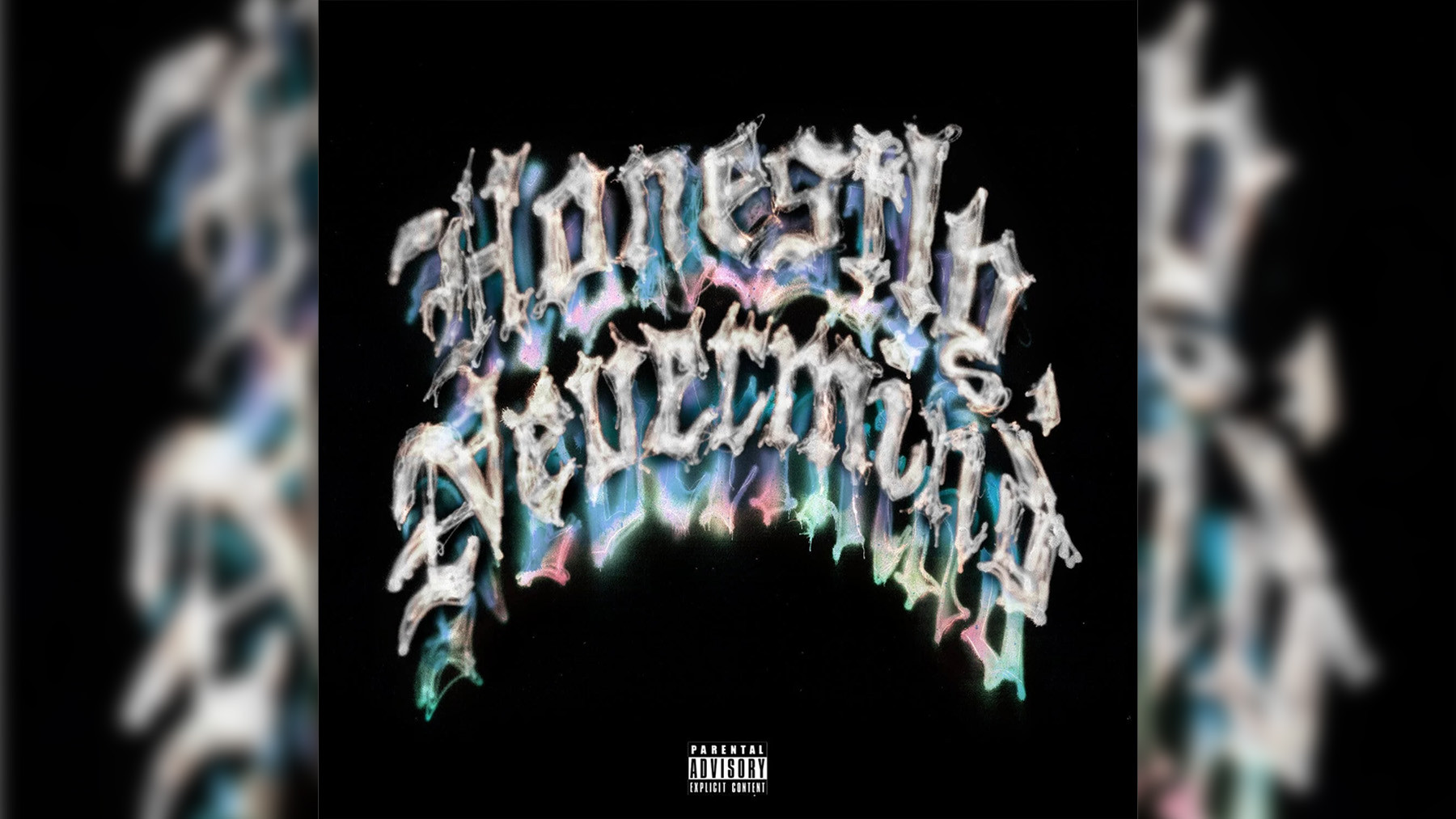 Drake performing live
Drake performing live
Drake’s dance music project, Honestly, Nevermind, is intentionally understated, drawing from Jersey and Baltimore club music and deep house. “Sticky,” produced by Gordo and Ry X, is a standout track. Drake departs from the album’s subdued vocals to rap about personal topics, including Young Thug’s release from jail and Virgil Abloh’s passing. It’s an example of a major artist exploring a subculture and creating something fresh. “Sticky” is a contemporary and favorite dance song that demonstrates Drake’s successful foray into dance music.
Roland Clark, ‘I Get Deep (Shelter Mix)’ (2000)
“The love of house music started when I went to Club Zanzibar in lieu of my prom,” Roland Clark said, referring to the Newark club where Tony Humphries was resident DJ. “I Get Deep” embodies this love. Over lively percussion and a keyboard melody, Clark delivers a monologue capturing a moment of dance floor ecstasy: “All the sweat just goes down my face/And I pretend that there’s nobody there but me in this place.” Clark included the a cappella on the 12-inch, later sampled by Fatboy Slim on Halfway Between the Gutter and the Stars. “I Get Deep” is a soulful and favorite dance song that captures the essence of house music’s transformative power.
Aly-Us, ‘Follow Me’ (1992)
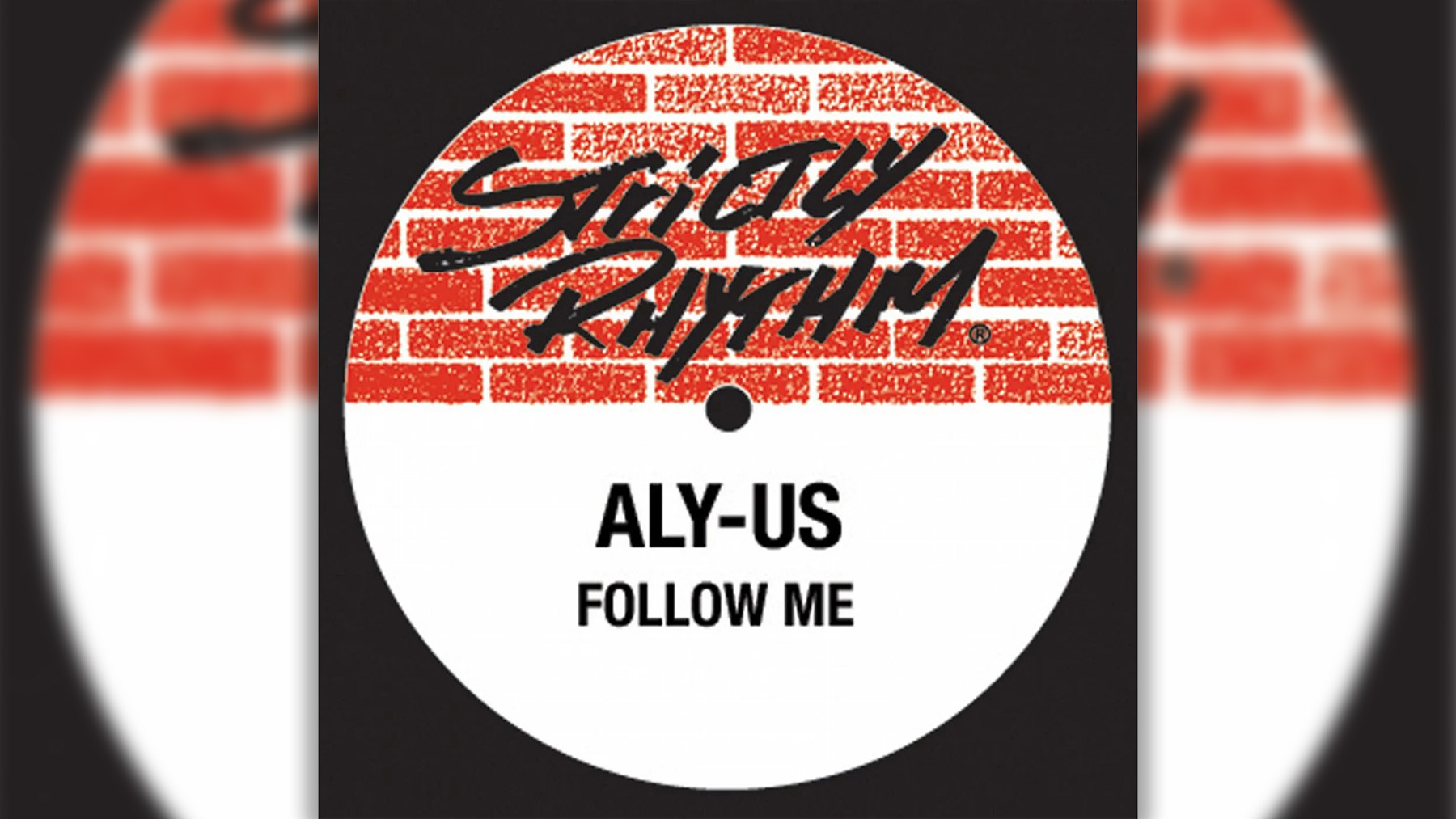 Aly-Us performing live
Aly-Us performing live
Early house music often had a raw, imperfect quality, which contributed to its charm. This is evident in “Follow Me,” an uplifting anthem with gospel influences (“We must stop fighting/To achieve the peace”) from a New Jersey vocal trio who recorded it in a basement on a four-track. Its lo-fi production and slightly off-key vocals enhance the song’s urgency. “Follow Me” is a raw and emotionally powerful favorite dance song that embodies the early spirit of house music.
George McCrae, ‘Rock Your Baby’ (1974)
In the summer of 1974, two club-originating songs reached Number One on the Billboard Hot 100. One was “Rock the Boat,” the other was “Rock Your Baby.” These were the first disco hits. The smooth instrumental track for “Rock Your Baby” was created by Henry Wayne Casey, Richard Finch, and Jerome Smith. George McCrae, who was at TK Records, was added to sing. “I think they gave me ‘Rock Your Baby’ to get me out of their hair,” he recalled. After the record’s success, Casey, Finch, and Smith formed KC and the Sunshine Band. “Rock Your Baby” is a foundational and favorite dance song that marked the beginning of the disco era.
El General, ‘Perezosa’ (1995)
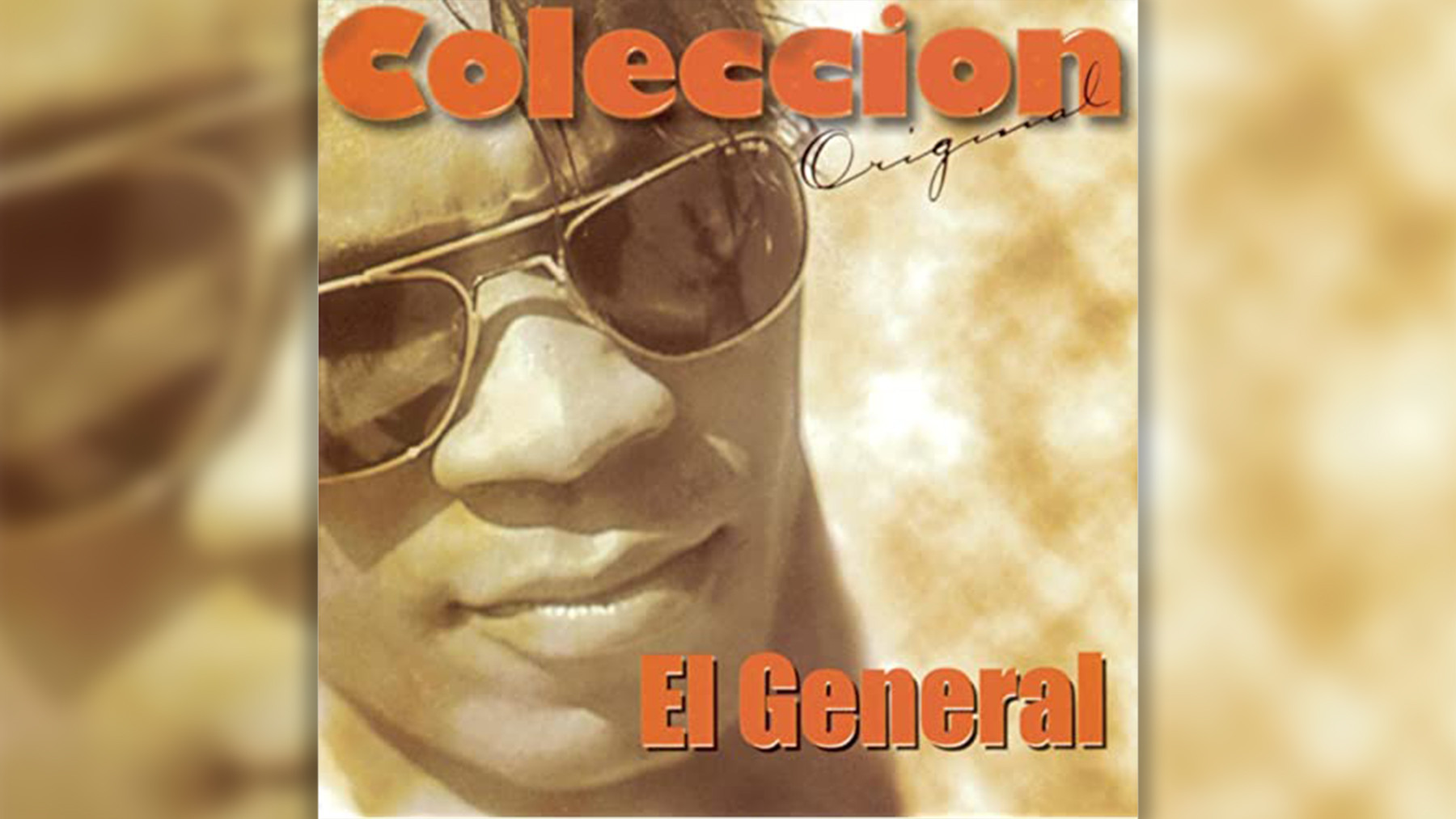 El General performing live
El General performing live
Panamanian pioneer El General established the blueprint for reggaeton in the 1980s and 90s, creating international hits using reggae rhythms. His experimental approach and influence on club music are often overlooked. “Perezosa,” from his album Club 555, is a powerful dance anthem with high-energy electronic sounds that captured the vibe of Latin American parties. “Perezosa” is an important and favorite dance song that showcases El General’s innovative sound and impact on reggaeton and club music.
Tom and Jerry, ‘Maximum Style’ (1994)
4Hero (Marc Mac and Dego MacFarlane) are drum and bass pioneers, creating hits throughout the genre’s evolution. Tom and Jerry was one of their aliases, responsible for “Maximum Style,” released as jungle’s popularity grew in the UK. This smooth track with a captivating guitar melody and cartoon sound effects is playful yet has a serious groove. “Maximum Style” is a gem and favorite dance song from the jungle era, blending playfulness with serious drum and bass rhythms.
LCD Soundsystem, ‘Losing My Edge’ (2002)
 LCD Soundsystem performing at Bowery Ballroom NYC, 2002
LCD Soundsystem performing at Bowery Ballroom NYC, 2002
LCD Soundsystem’s debut single, “Losing My Edge,” is both a great dance track and a humorous commentary. James Murphy plays an aging hipster observing his fading relevance as younger generations emerge. He references being “at the first Can show in Cologne” and being the first “to play Daft Punk to the rock kids.” “Losing My Edge” makes you laugh and dance, and its FOMO theme is universally relatable. It’s a witty and favorite dance song that helped launch the New York dance-punk scene.
Shakira, ‘Ojos Asi (Thunder Mix)’ (1999)
Pablo Flores is a key but often uncredited figure in Latin pop. The Puerto Rican DJ worked with major artists associated with Emilio Estefan, including Gloria Estefan and Ricky Martin. In the 1990s, he helped a then-unknown Shakira create “Ojos Asi,” a song honoring her Lebanese heritage and foreshadowing global Latin music trends. His extended remix expanded on these ideas with masterful production that appealed to dance floors worldwide. “Ojos Asi (Thunder Mix)” is a groundbreaking and favorite dance song that showcased Shakira’s global sound and Flores’ production expertise.
Squarepusher, ‘My Red Hot Car’ (2001)
 Squarepusher performing live in Nottingham, UK, 2013
Squarepusher performing live in Nottingham, UK, 2013
As Squarepusher in the mid-1990s, Tom Jenkinson twisted drum and bass into complex, often undanceable forms. Later, he aimed for spontaneity. “Basically, I was beginning to stare up my own ass,” he said. “I wanted to shake things up and make music in a more spontaneous, almost flippant way.” However, “My Red Hot Car,” with its cut-up vocals and glitchy production, isn’t pure abstraction. The track balances complexity with moments of space, creating a groove with Jenkinson’s bassline that appeals to adventurous DJs. “My Red Hot Car” is an experimental yet engaging and favorite dance song from Squarepusher’s diverse catalog.
Moloko, ‘Sing It Back (Boris Musical Mix)’ (1997)
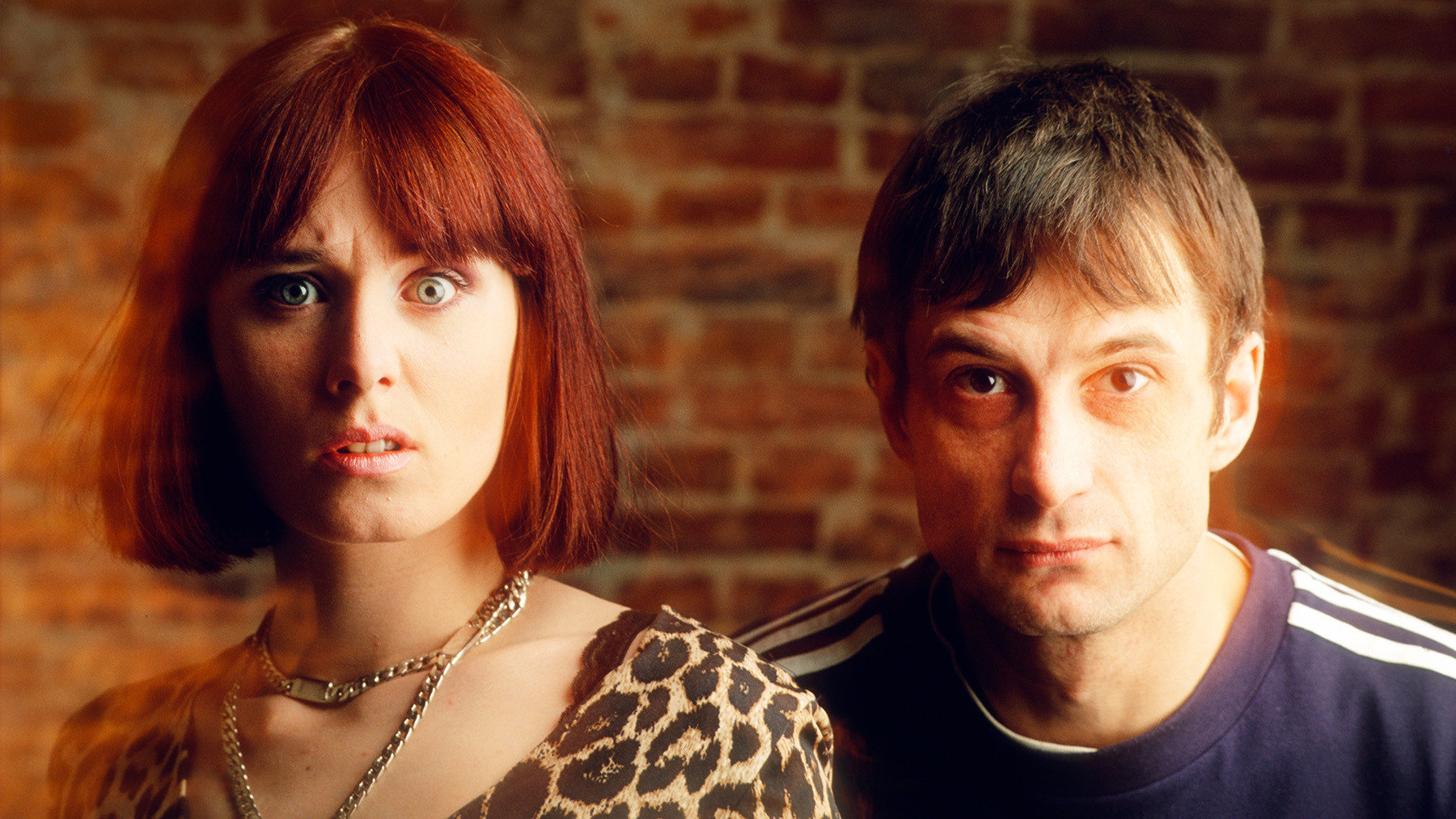 Moloko performing live
Moloko performing live
Moloko’s 1998 single “Sing It Back,” featuring Róisín Murphy’s distinctive vocals, was originally a moody, downtempo track that was commercially unsuccessful. Belgian house producer Boris Dlugosch remixed it into a crisp house track, with a Chic-inspired rhythm guitar and playful bassline. This remix reached the UK Top Five and launched Murphy’s successful solo career. “Sing It Back (Boris Musical Mix)” is a transformative and favorite dance song that demonstrates the power of remixing and launched a major solo career.
The Human League, ‘Don’t You Want Me’ (1981)
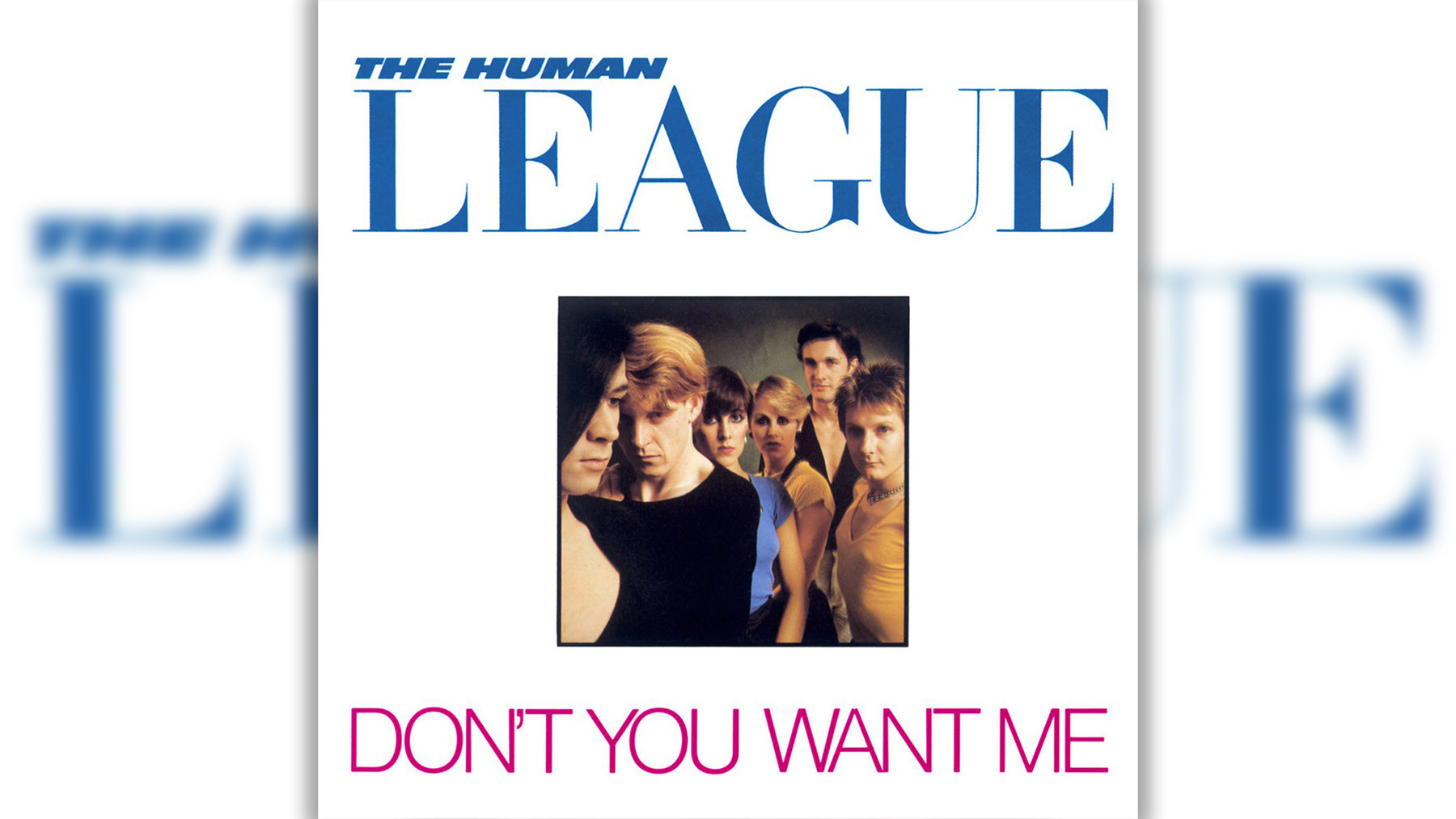 The Human League performing live
The Human League performing live
“Phil [Oakey] had this idea lyrically for this song: a story in the song which is very much A Star Is Born [and] My Fair Lady — the impresario who takes an everyday person and transforms her into a superstar that outshines himself,” Human League keyboardist Jo Callis said of “Don’t You Want Me,” which he co-wrote. Initially, the group was unsure about the song, despite its catchy structure and chorus. It became their first Number One hit in the UK and US, and a Top Three hit on the Billboard Dance Club chart, a key moment in the convergence of UK synth-pop, club music, and mainstream pop. “Don’t You Want Me” is an iconic and favorite dance song that defined the sound of 80s synth-pop and its crossover appeal.


